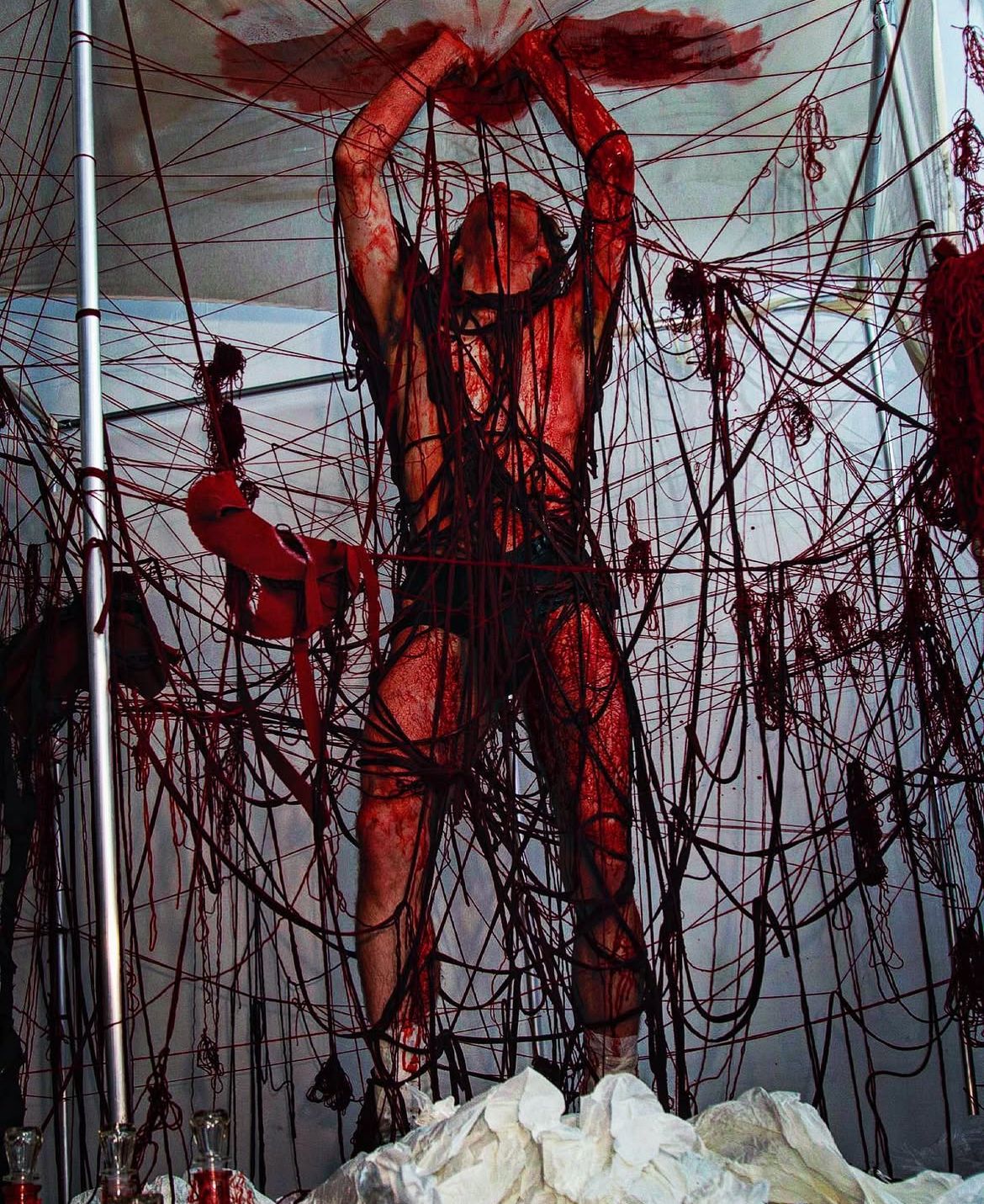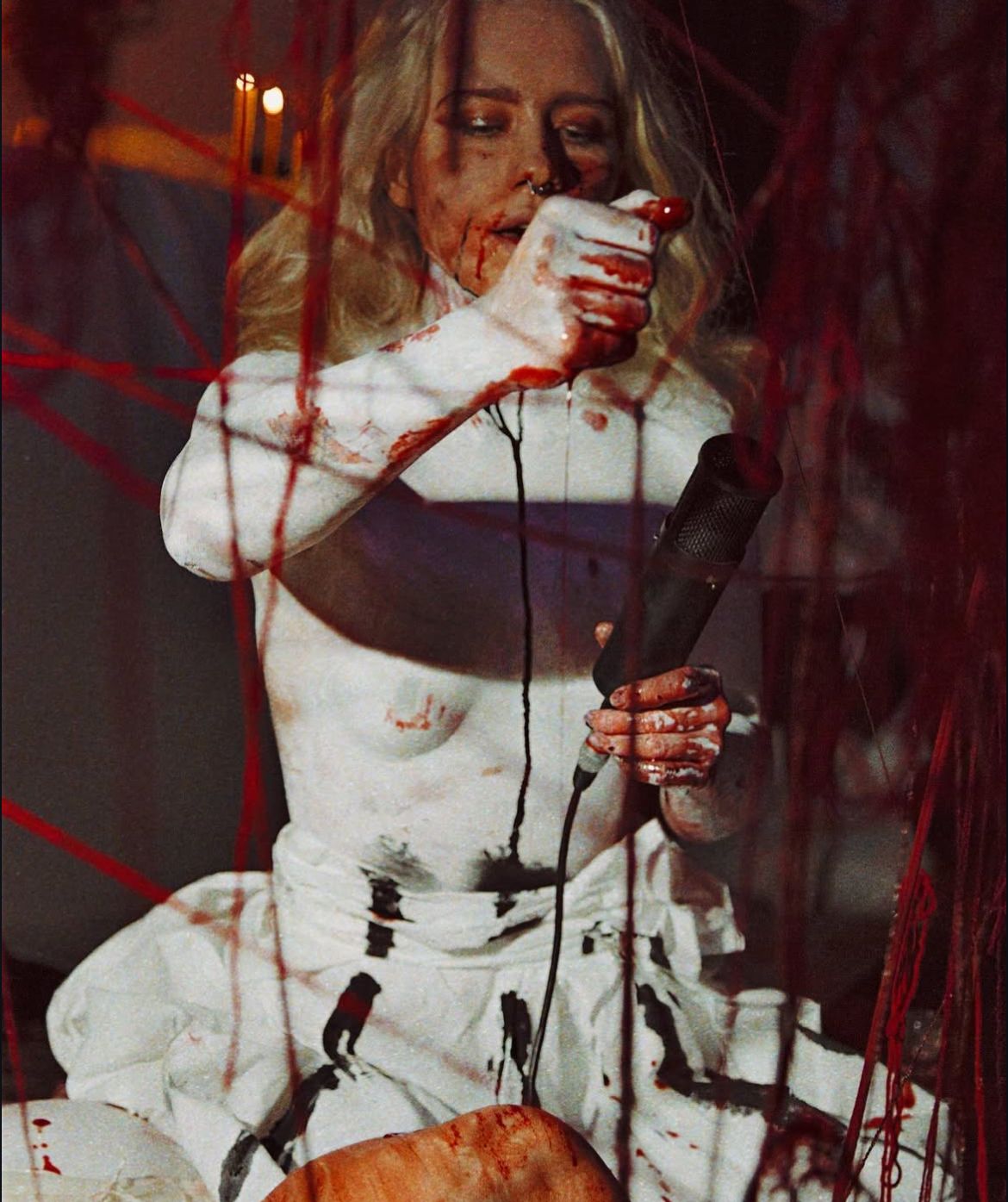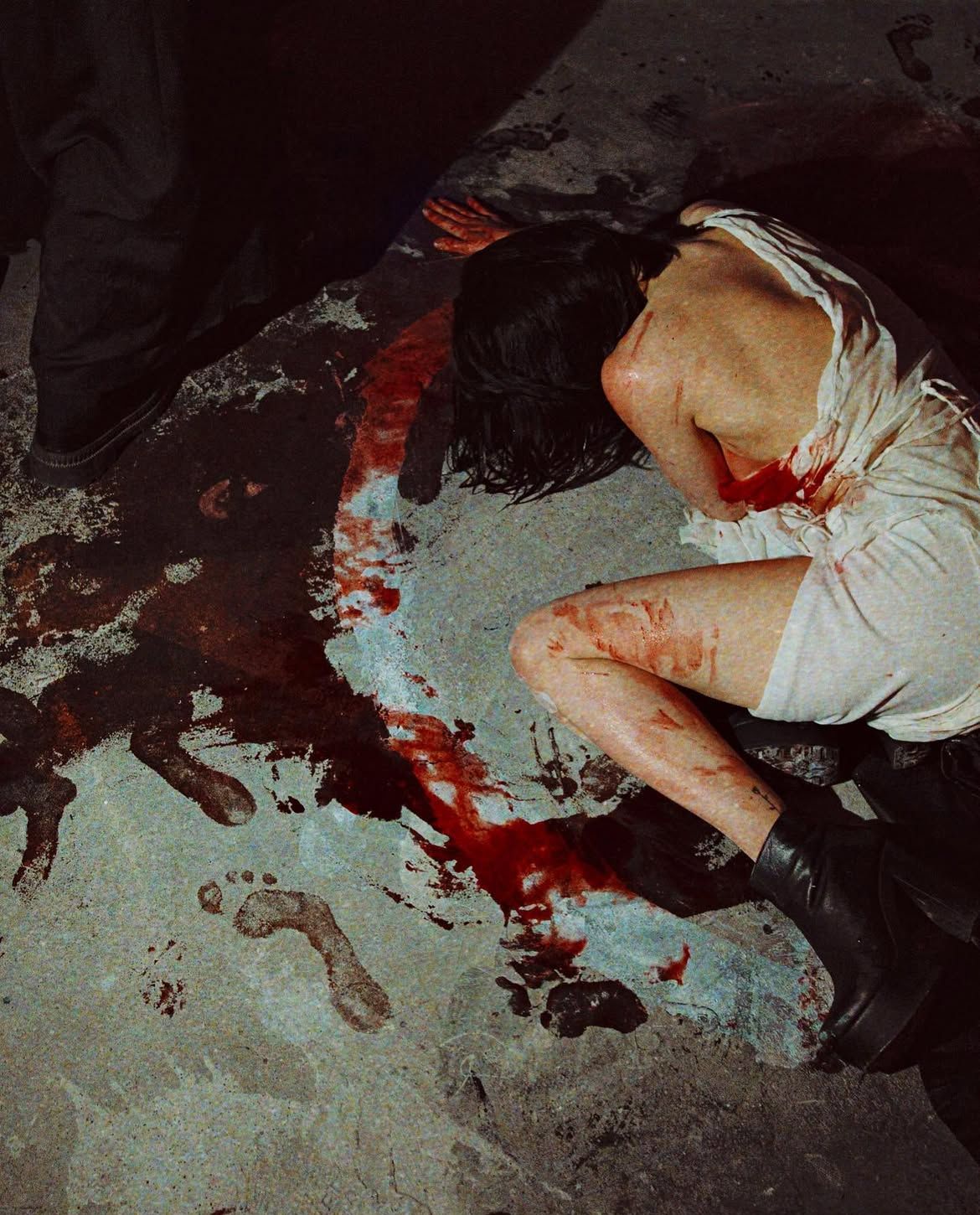Nomad Goba. Fashion Brand I
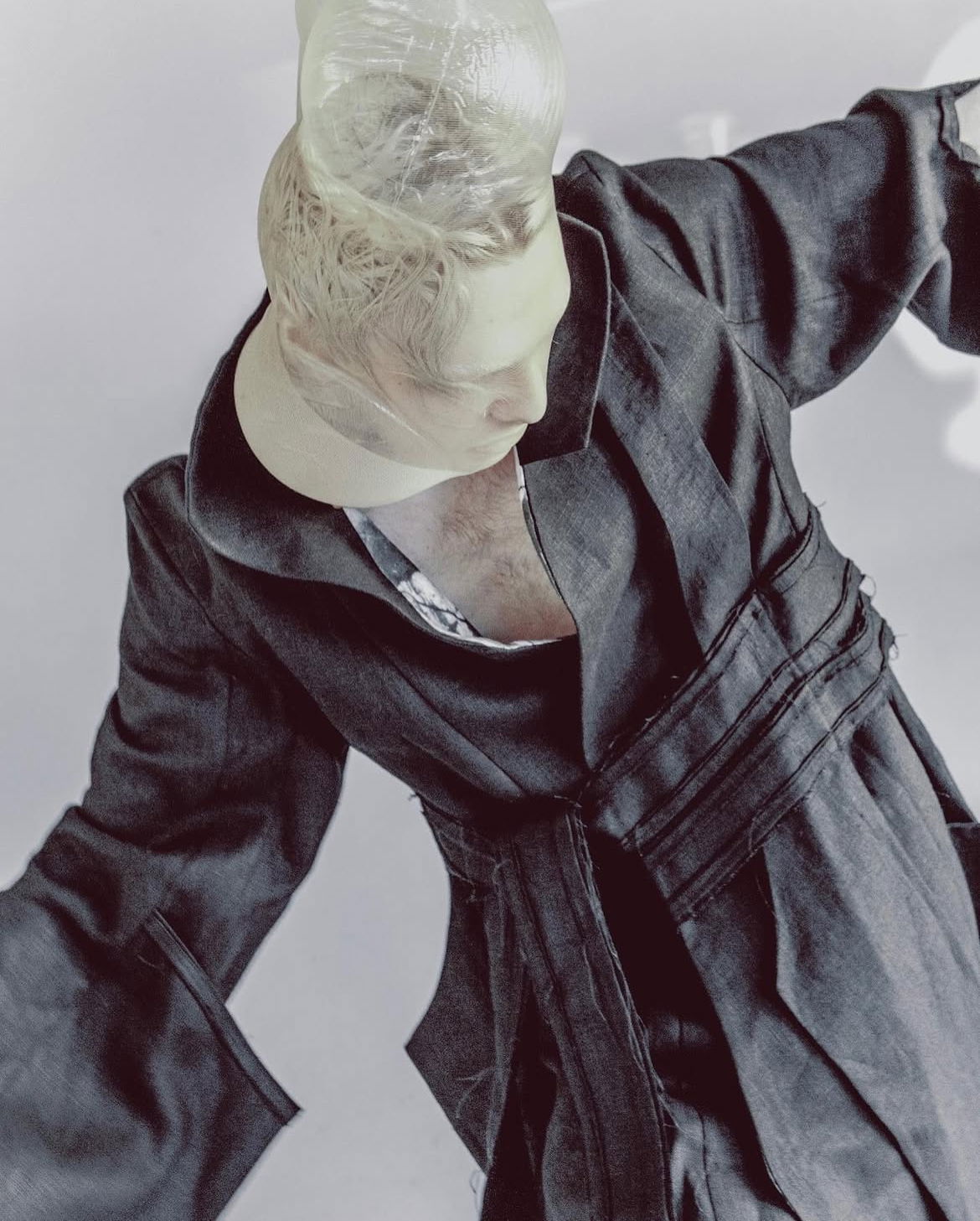
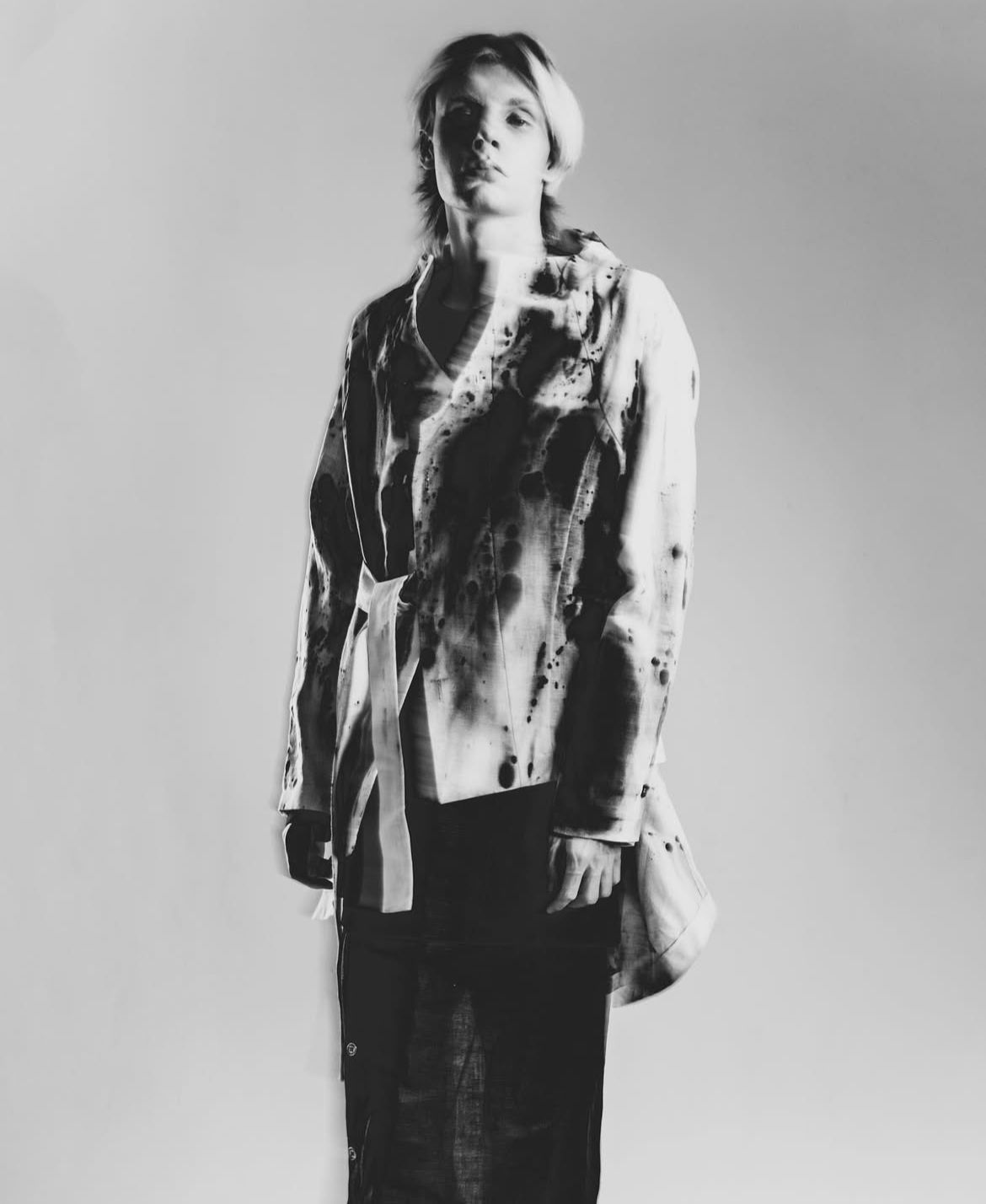
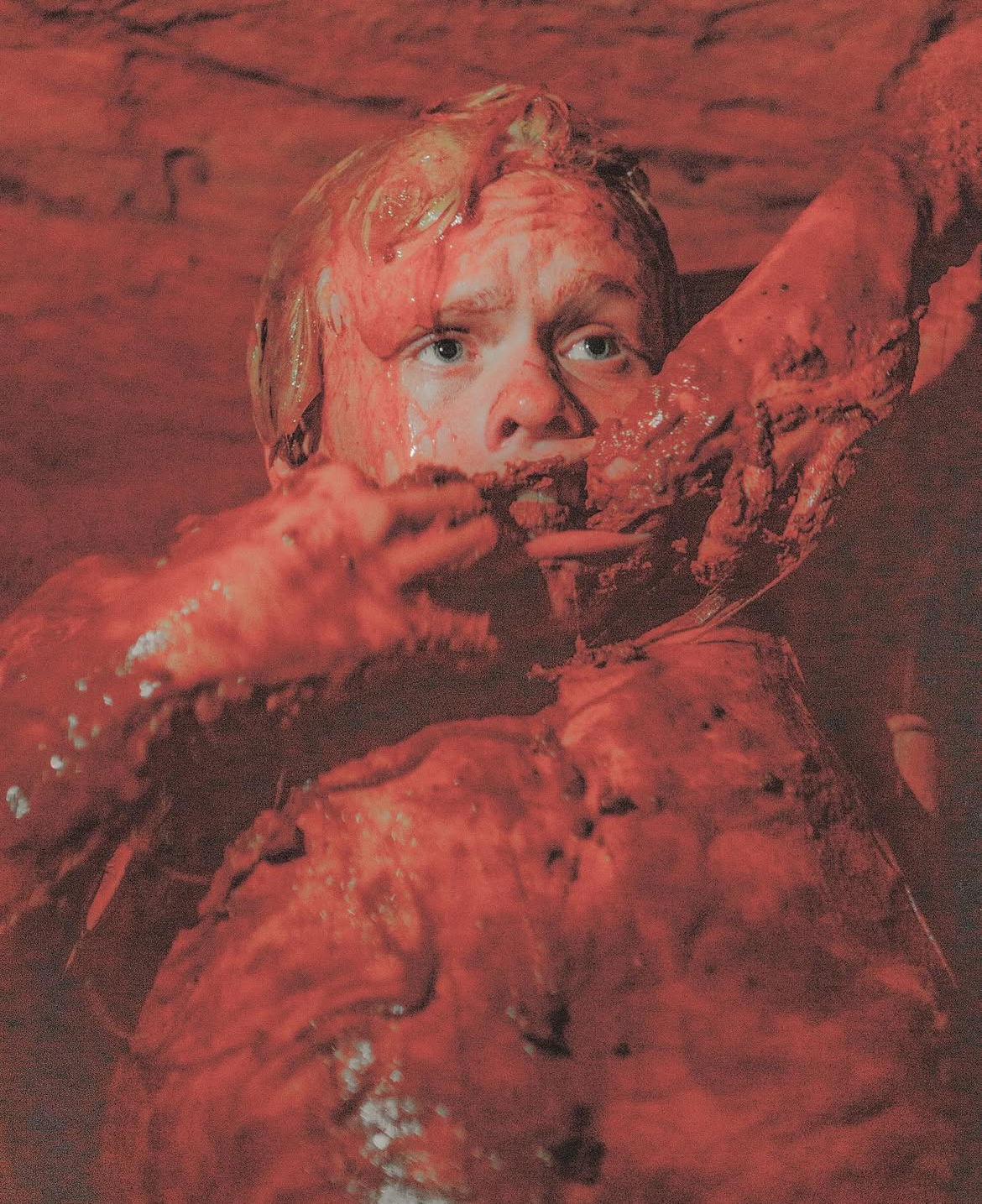
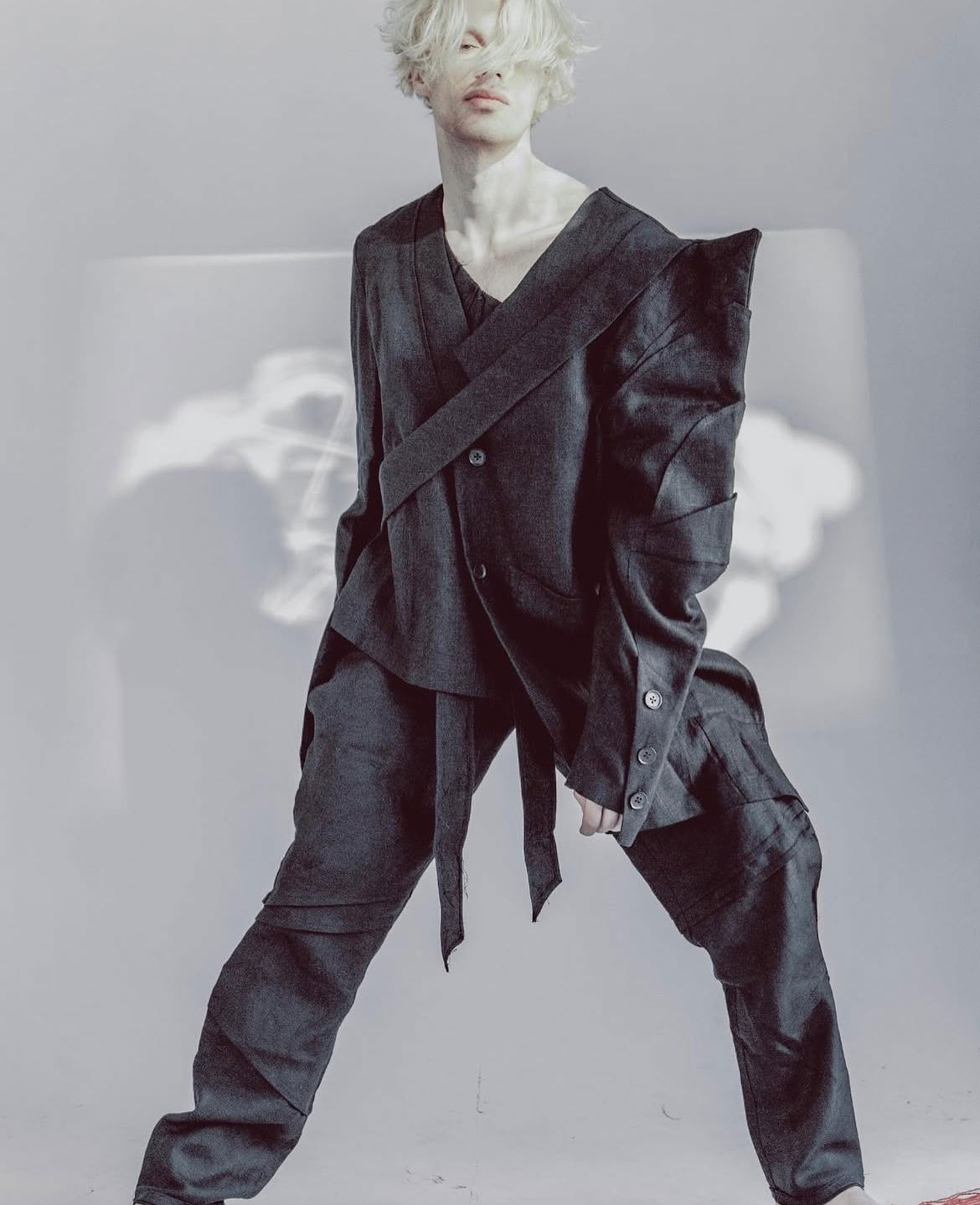
Nomad Goba — Brand & Artistic Platform
Role: Idea, Co-founder, creative director, core strategist, and driving force of development (2016-2023)
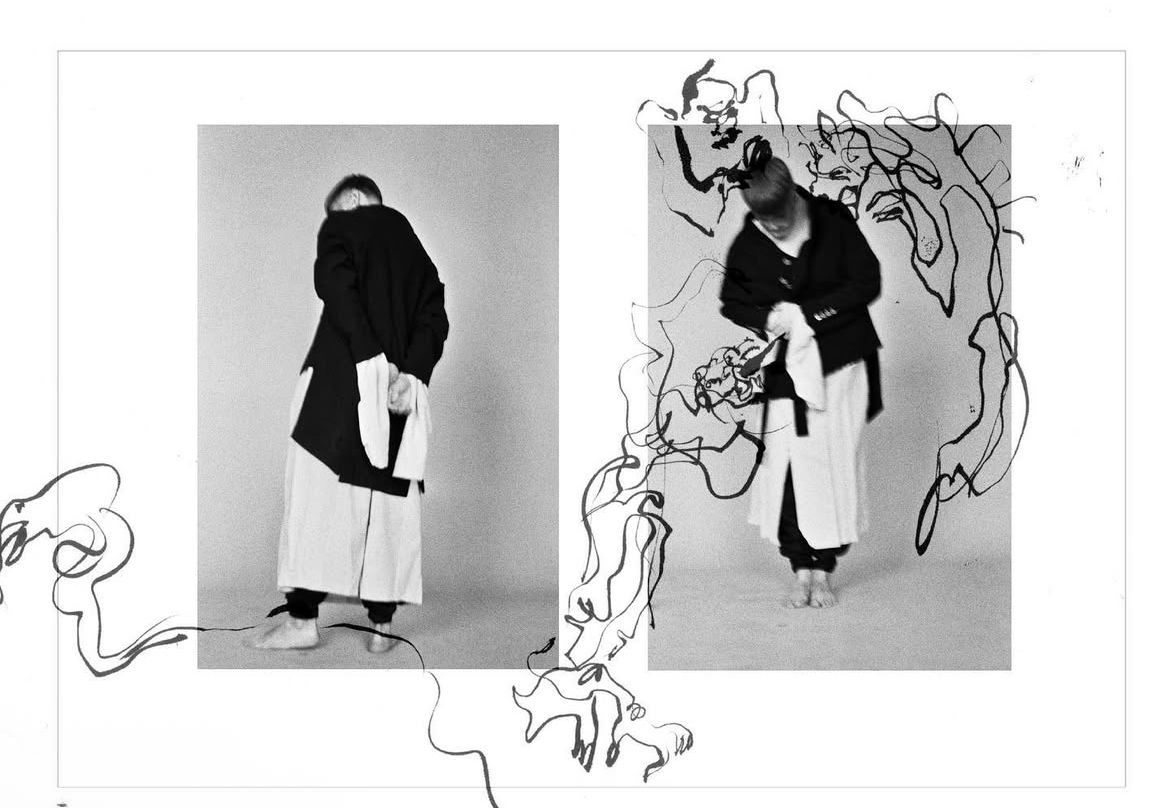
About the Brand
Nomad Goba is a hybrid brand-studio specializing in avant-garde clothing, artisanal perfumery, and interdisciplinary artistic practices — spanning visual, applied, and media arts. Founded on the rethinking of menswear as a deliberately limited field, the brand established a methodology of resistance through deconstruction. Each collection functions as a “new skin” — a vessel for the personal metamorphosis of the collector.
Nomad Goba integrates anthropology, thanatology, ritual, and corporeality into its work, transforming clothing into a ritual object and narrative medium. The project evolved as a living organism, a laboratory where dialogue between creator and collector becomes central. Clothing and perfume serve as both artistic statement and field of transformation.
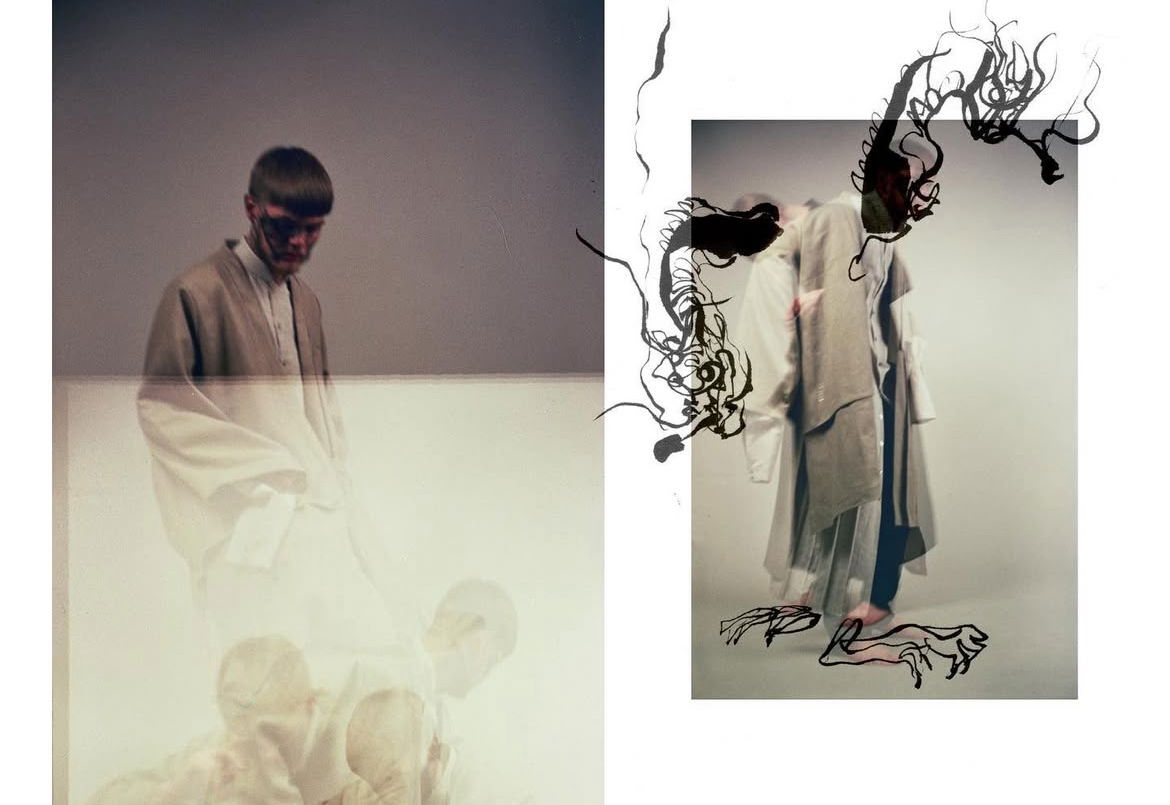
Core Philosophy
Alien and Nomad — the brand’s name references the Hoba meteorite from Namibia, an extraterrestrial iron fragment embodying the figure of the outsider, while the “Nomad” element points to ethnography, ritual costume traditions, and the aesthetics of wandering.
Identity & Manifesto — the logo with “NO” struck through and “MAD” emphasized proclaims freedom of expression and affirms the non-normative, the “mad,” as a fertile artistic ground.
Values — art as the primary mode of expression, manual craft and local labor, natural fabrics and metal fittings, inclusivity across queer, neurodivergent, psycho communities, and the continuous development of a unique artistic language and identity.
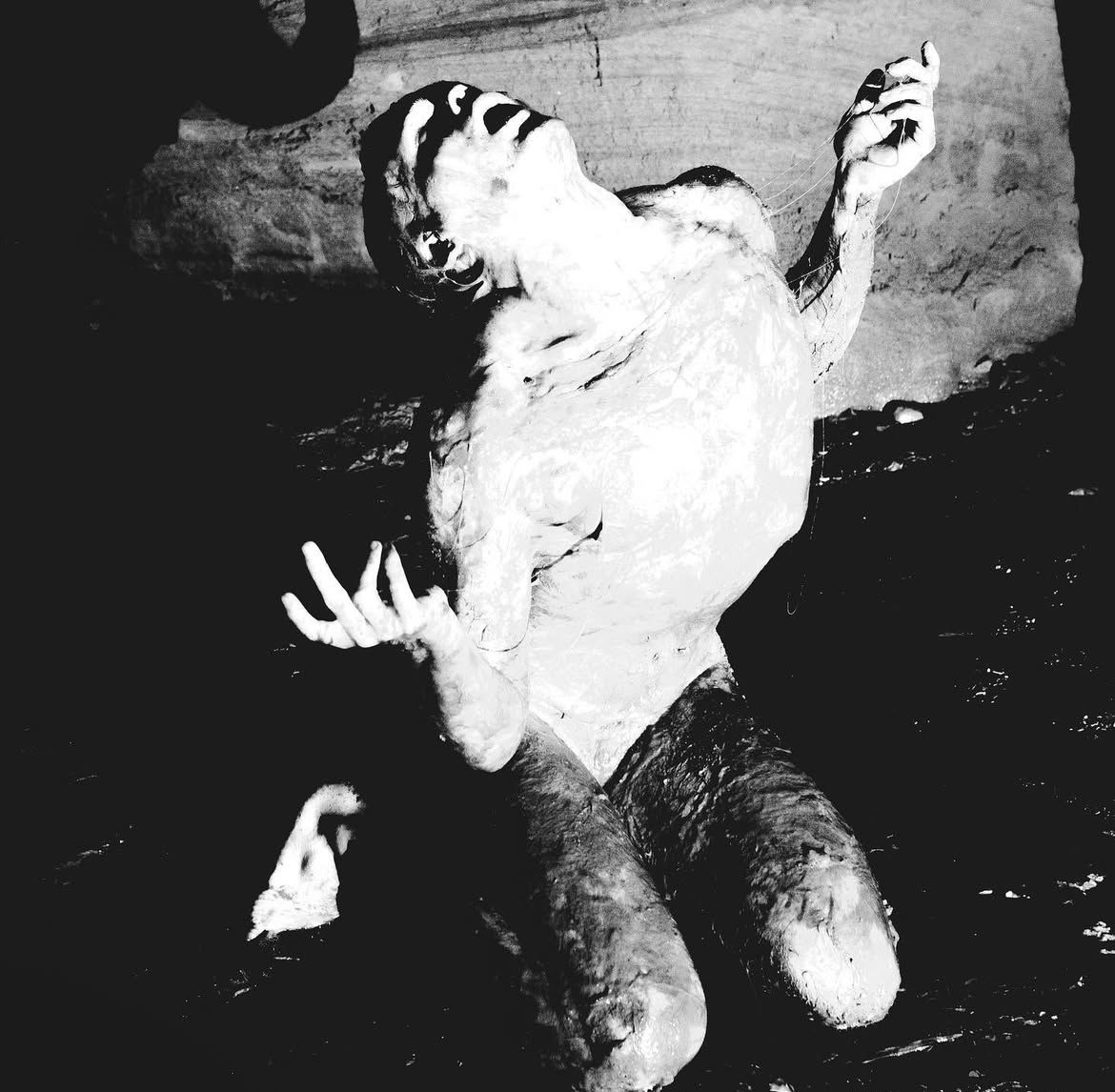

Artistic Practice
Nomad Goba operates at the intersection of fashion, art, and performance.
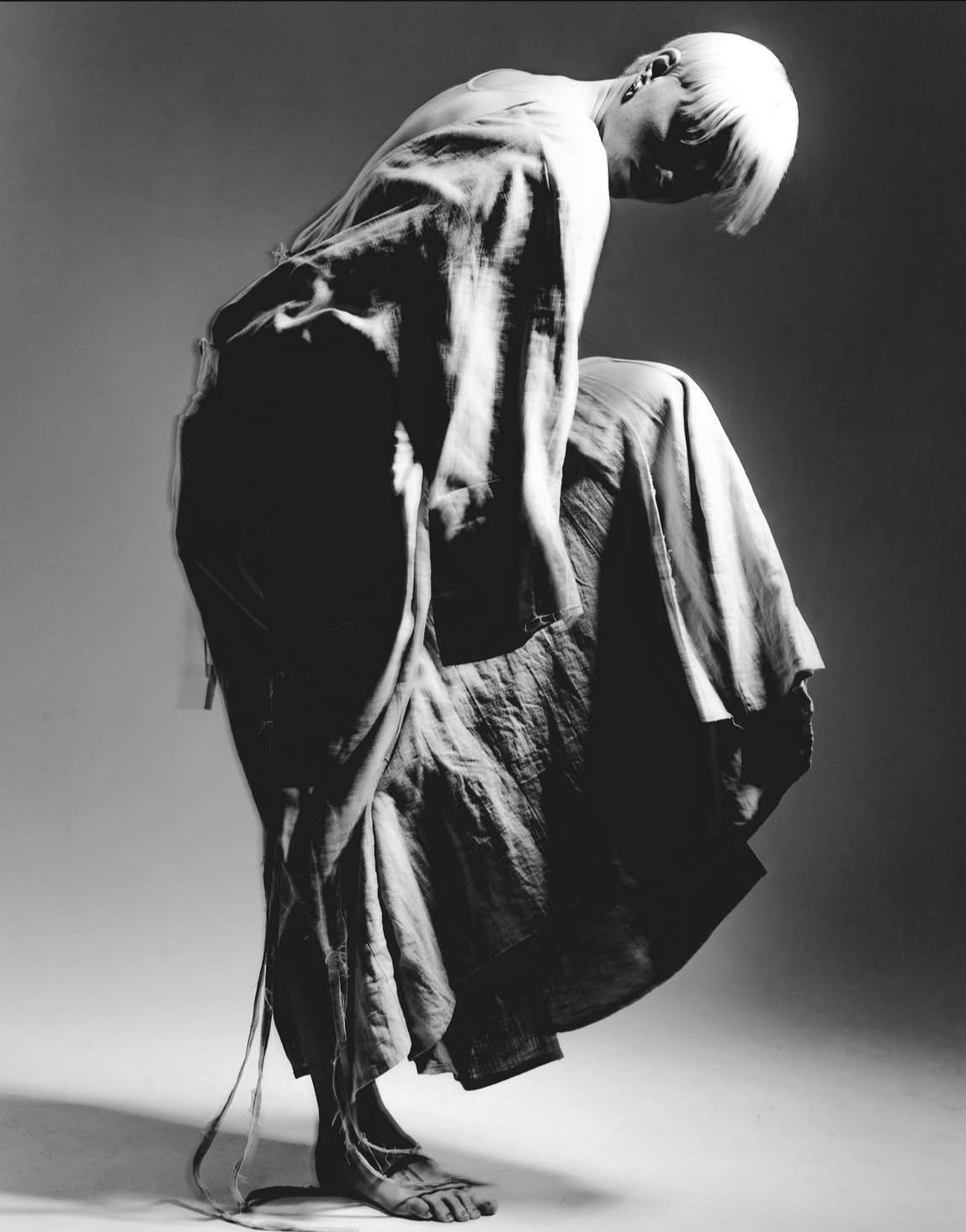
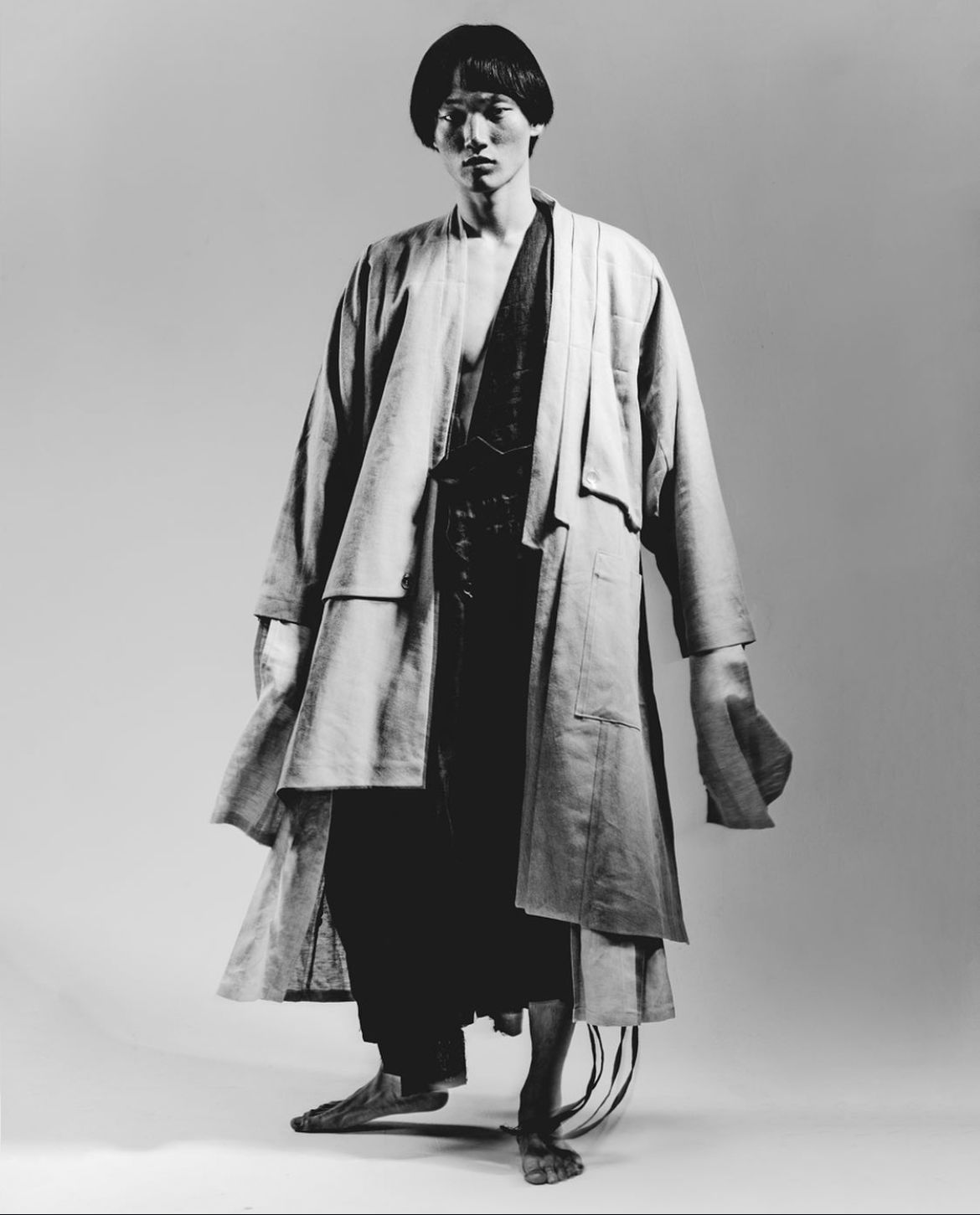
Each collection is accompanied by a perfume line — limited editions, improvisational formulas, and bespoke compositions crafted in the in-house atelier. The work is consistently multidisciplinary: performances, video art, and collaborations with artists, musicians, and performers extend the collections beyond garments, forming a complete artistic universe.
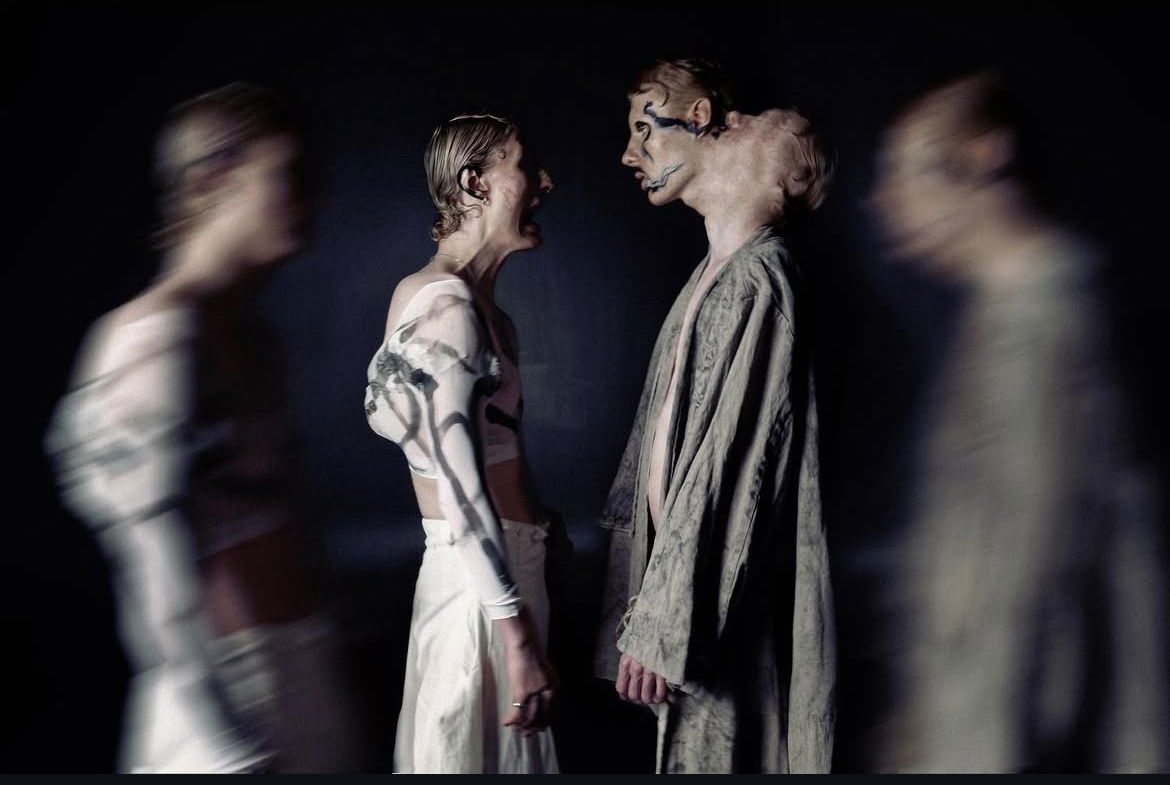
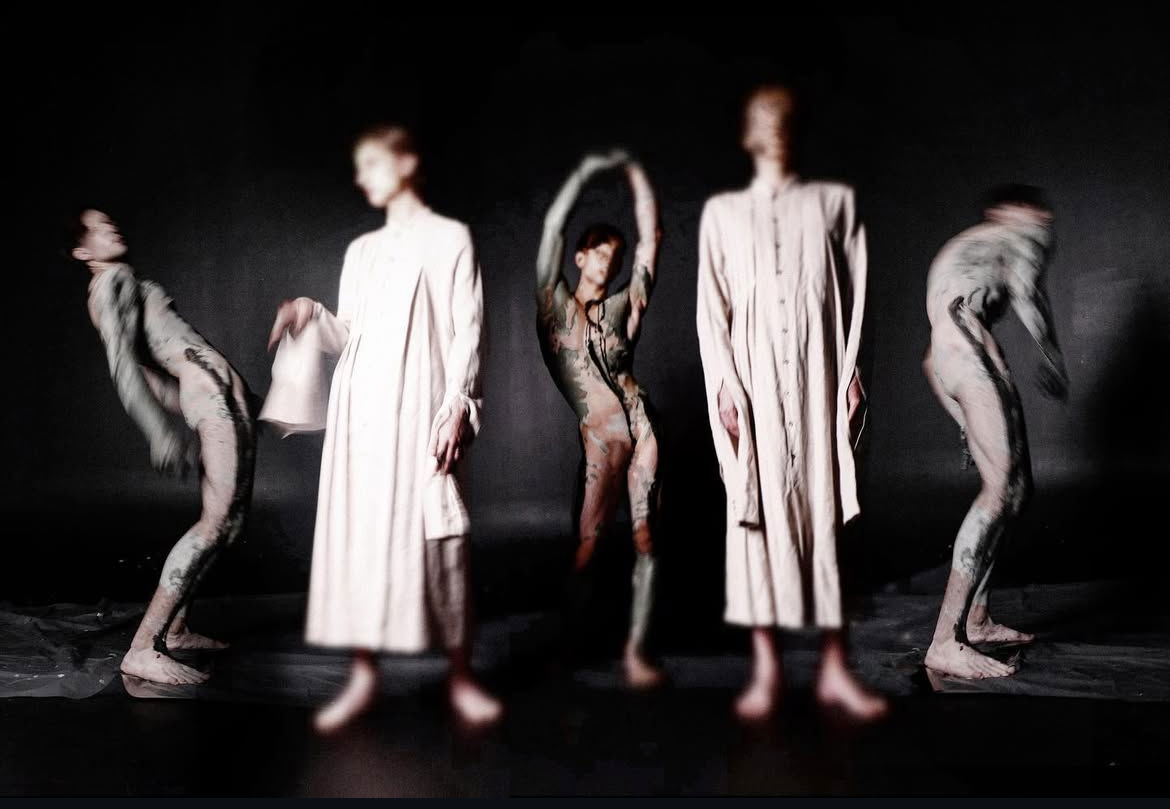
Development Milestones
- 2016: Brand founded, debut at Concept Market (Moscow).
- 2017–2019: International showcases: Cube Showroom (Paris Fashion Week), Pitti Uomo (Florence), Tokyo presentation, Russian forums & exhibitions.
- 2020–2021: Expansion into gallery practice and integration of performance. Launch of GOBA Gallery in Moscow’s Supermetall cultural hub — a hybrid space uniting clothing, perfume, painting, media projects, and live performances.
- 2022: Closure of gallery, loss of international retailers due to geopolitical context. Continued production and retail in Russia.
- 2023: Launch of Bali-based production hub, ensuring continuity of international development.
Collections Archive
Each collection articulates a complete artistic concept — clothing, perfumes, objects, performances — operating as autonomous but interconnected works.
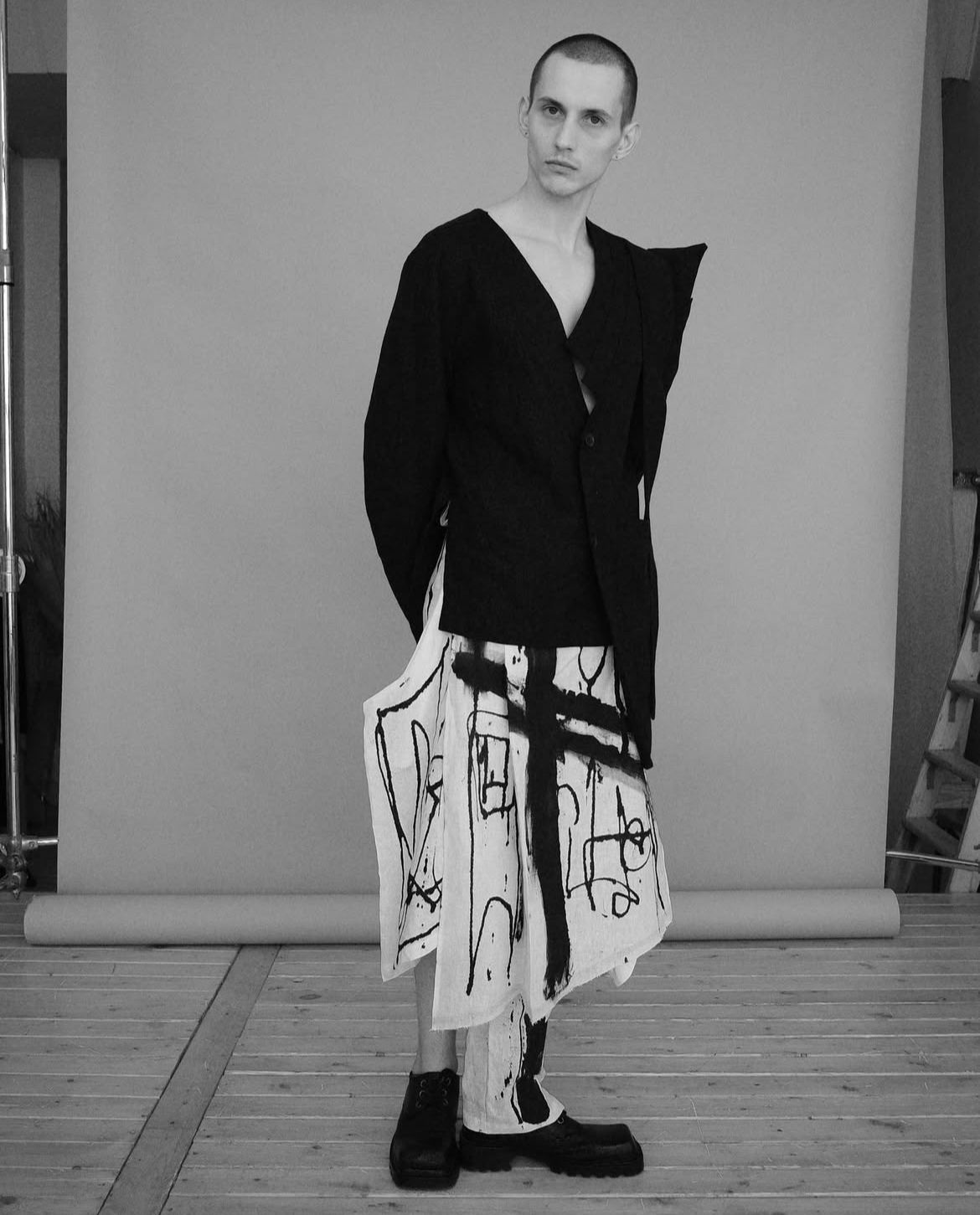
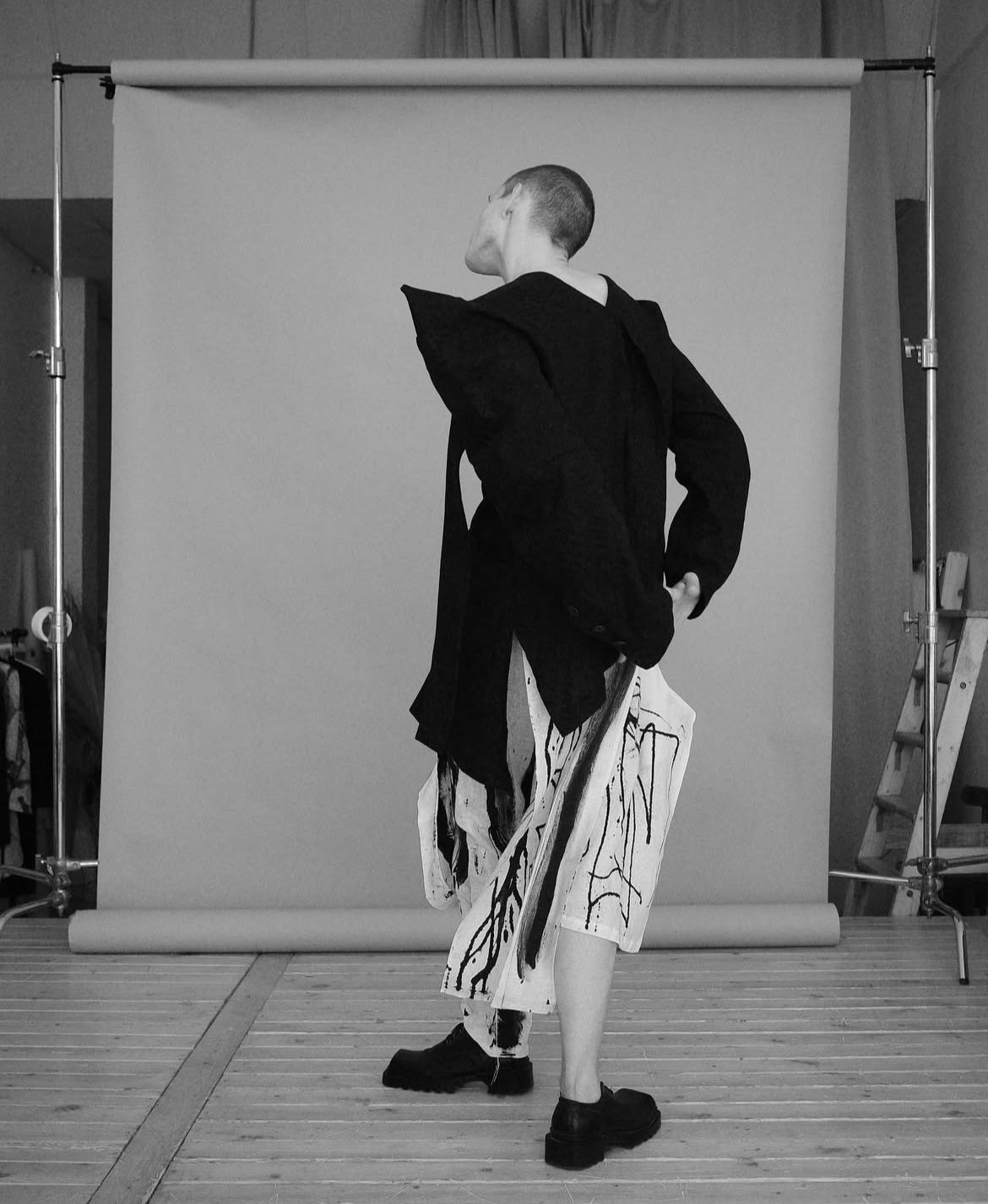
I CRIPTOMERIA / II CRIPTOMERIA PHANTOM
III ECCHYMOSIS / IV ECCHYMOSIS PHANTOM
V VOID
VI ORPHAN
VII IDIOCY
VIII OGDOADA
(the phantom collection is a concept in which the brand releases a parallel line duplicating the original patterns in a single material black linen with black metal fittings)
Each collection articulates a complete artistic concept — clothing, perfumes, objects, performances — operating as autonomous but interconnected works.
CRIPTOMERIA / CRIPTOMERIA PHANTOM (2016–2017)
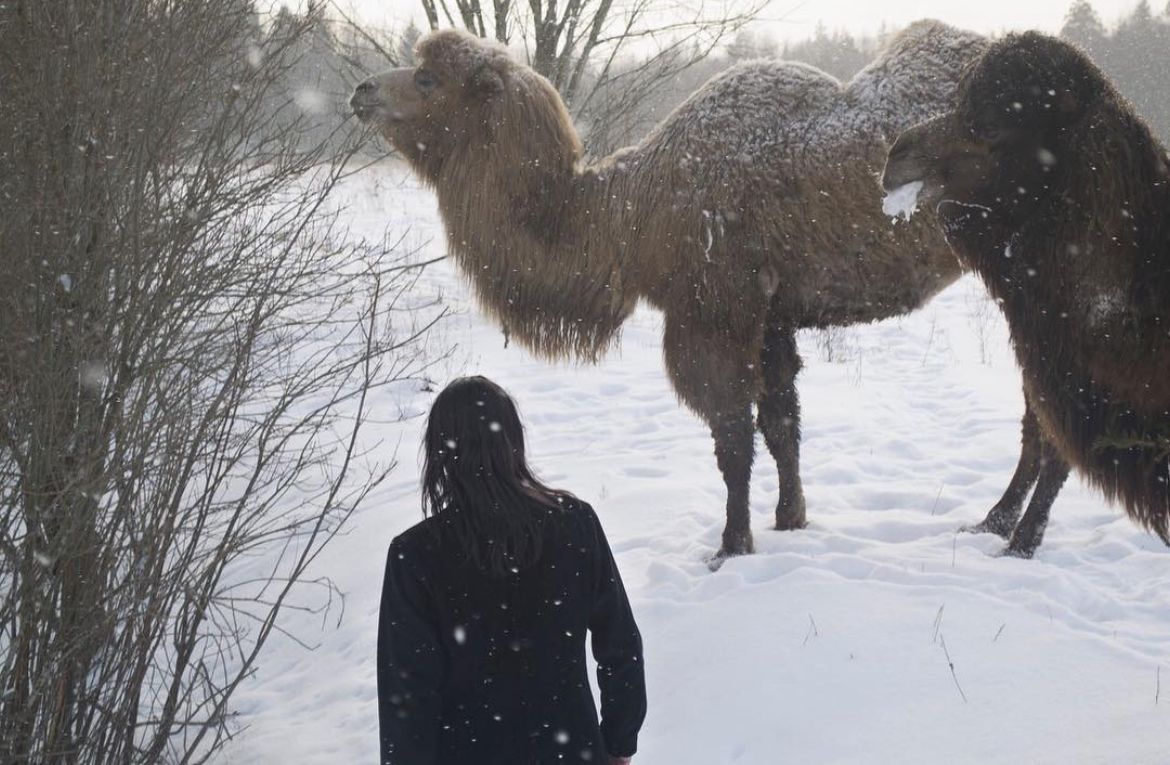
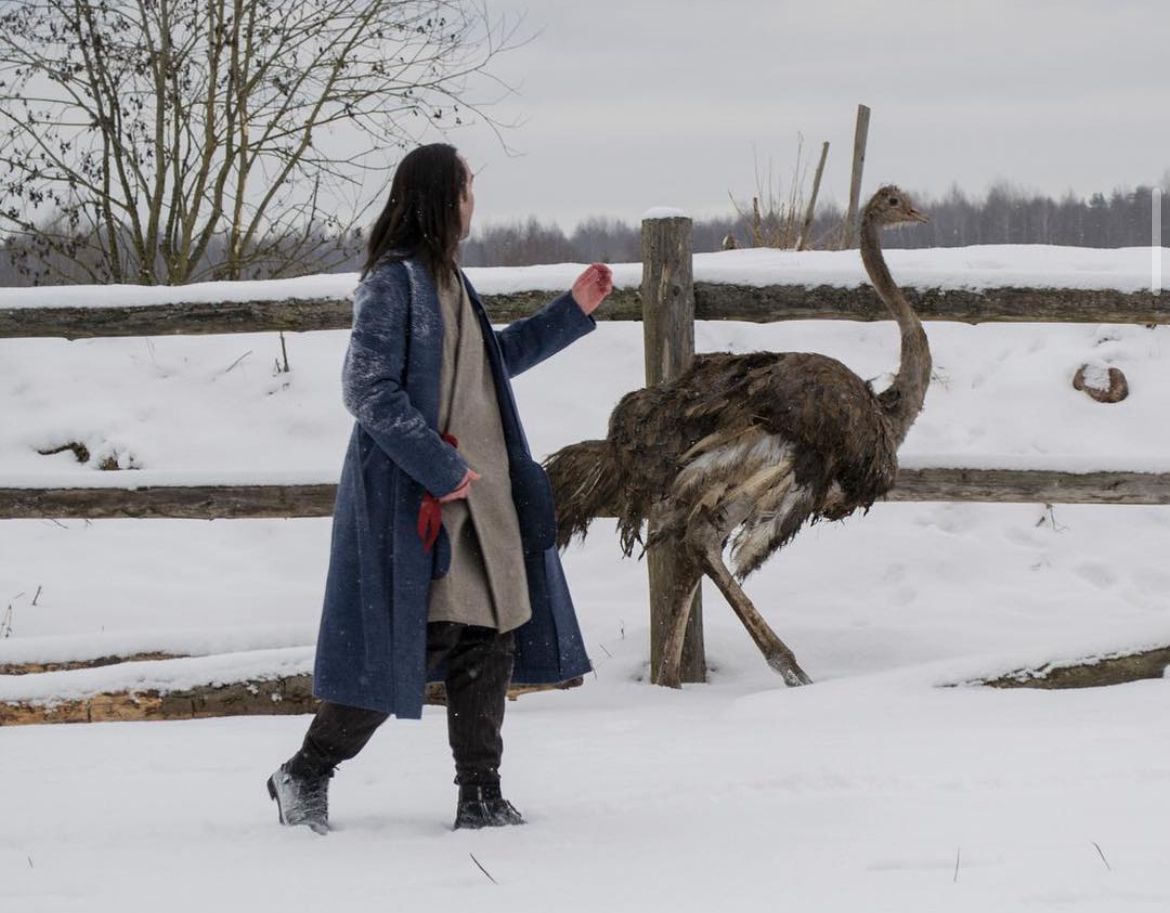
The first collection — searching for the hero through places and earth.
An exploration of the Japanese landscape, where the names of garments encode pastoral scenes of local culture alongside extinct animals. Phantom appeared simultaneously: a concept of parallel duplication, where each pattern was replicated in black linen with black metal fittings. This “shadow collection” introduced the brand’s method of multiplying absence, creating garments as spectral doubles.
ECCHYMOSIS / ECCHYMOSIS PHANTOM (2018)
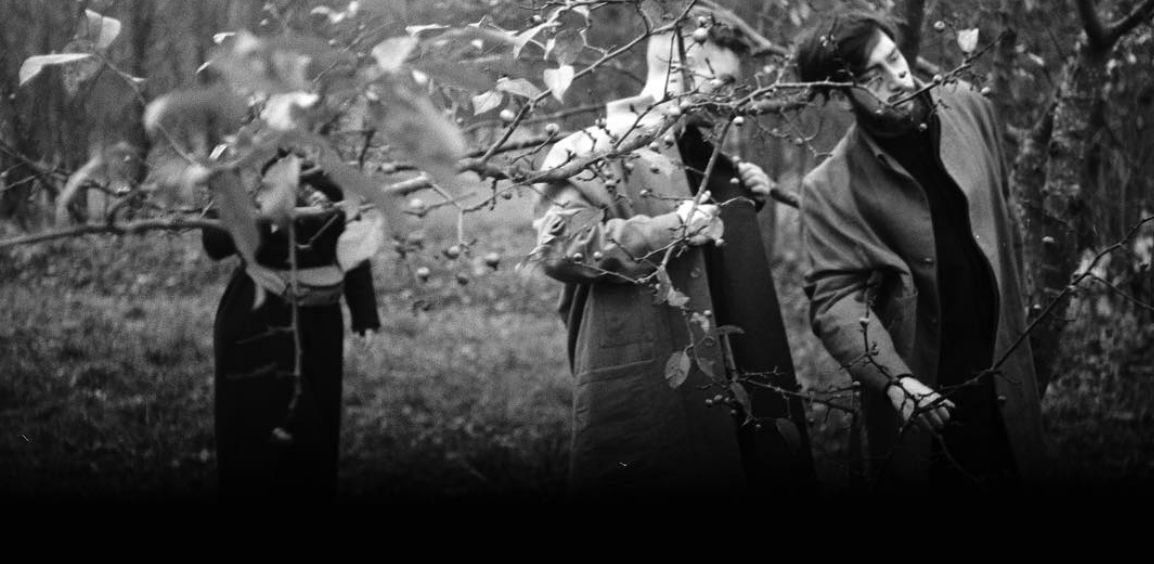
The second collection — hemorrhage, the first blood of the body.
A study of aggression as a stage of overcoming. The figures are fractured, torn between honor and rage — street fighters with higher education, intellectual hooligans. Here the psyche becomes bruised flesh, marked by the duality of violence and dignity. Phantom returns, intensifying the imagery of shadow as multiplied trauma.
VOID / VOID PHANTOM (2018)
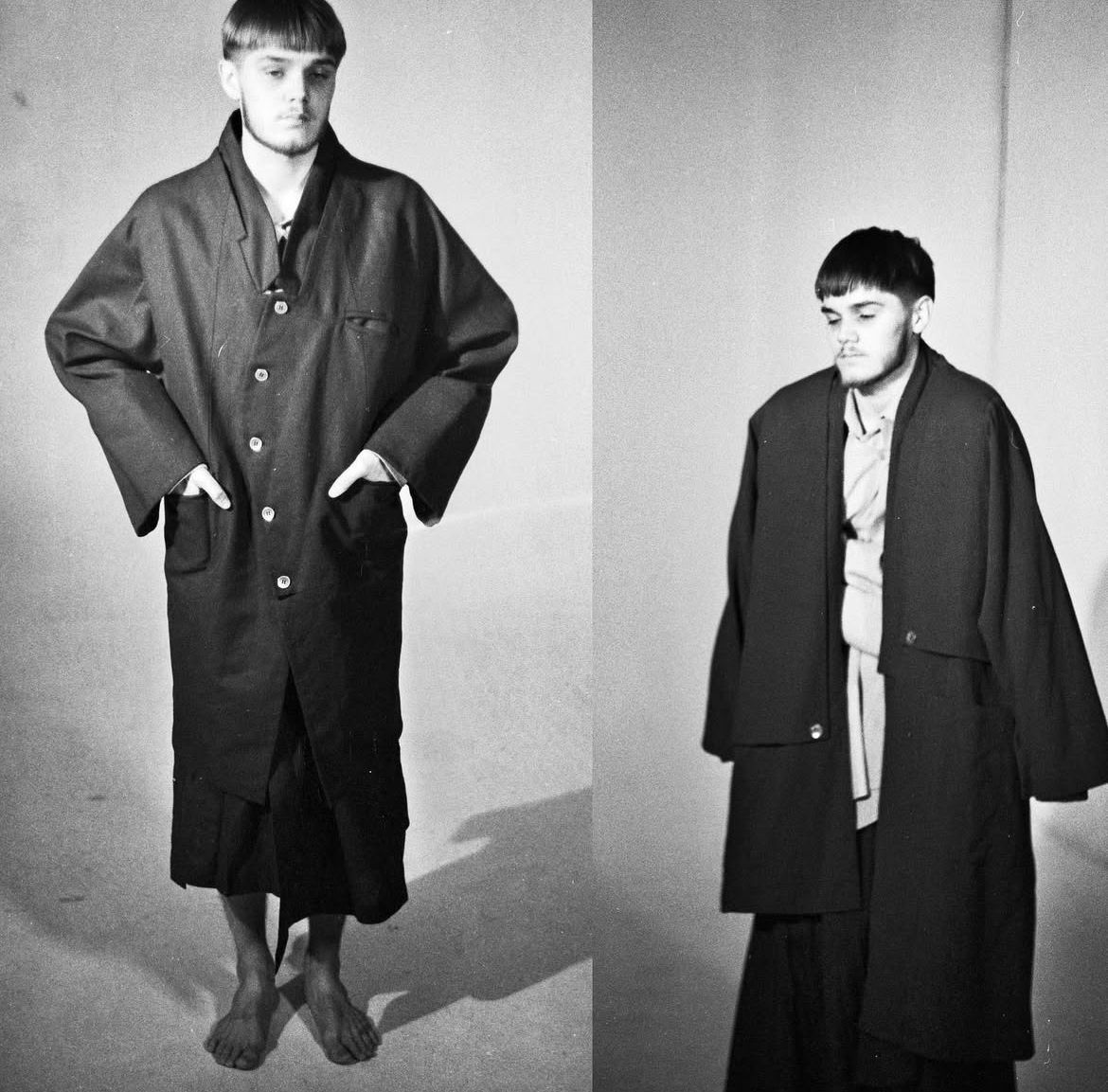
The third stage — emptiness swelling without form.
Neither chaos nor structure, but a coagulation of force seeking outlet. An attempt to manifest darkness, to condense the ungraspable. Phantom doubles again, amplifying the sensation of multiplied, uncontainable shadow. Void became a metaphor for unresolved potential, a swelling without function or vector.
ORPHAN (2019)
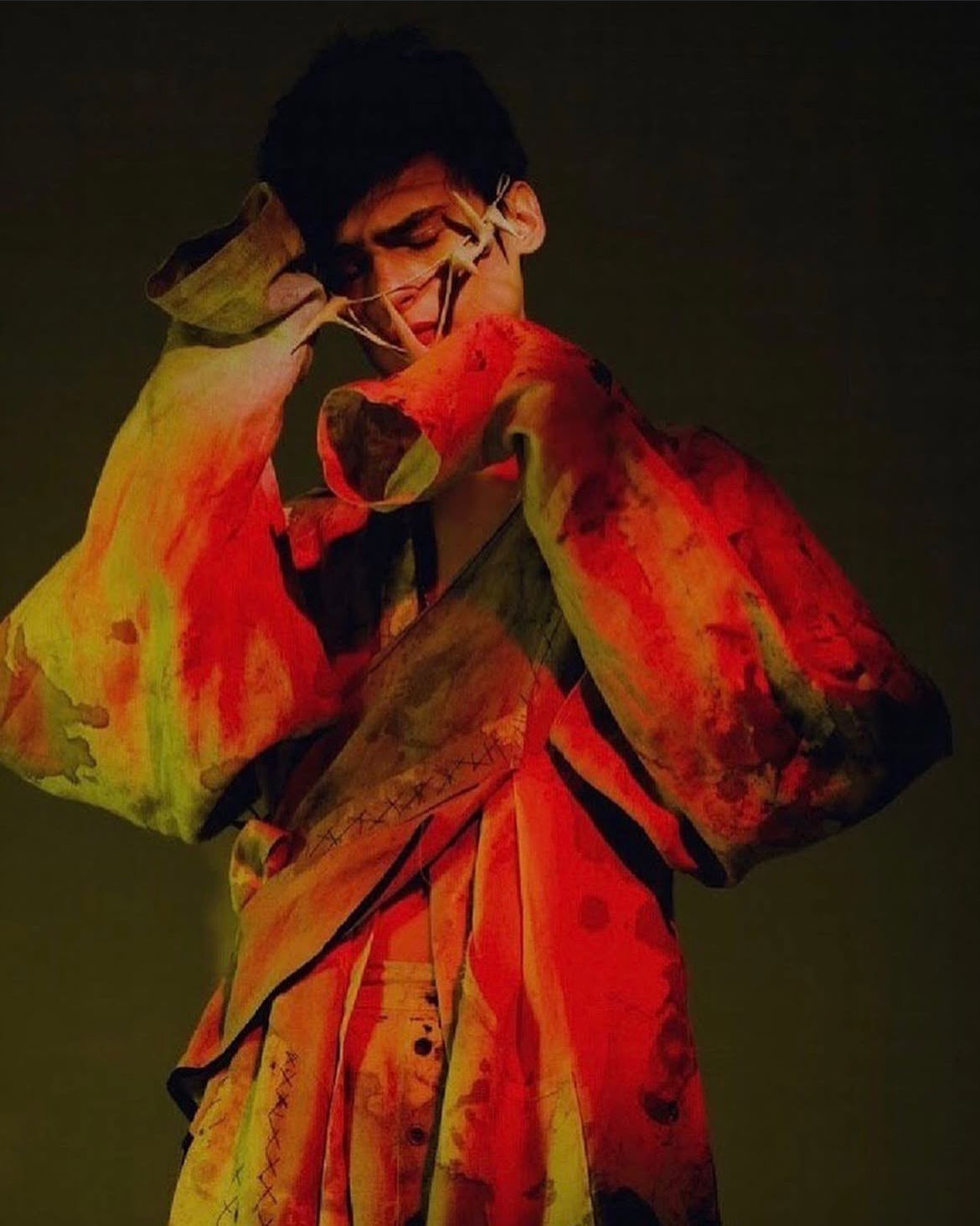
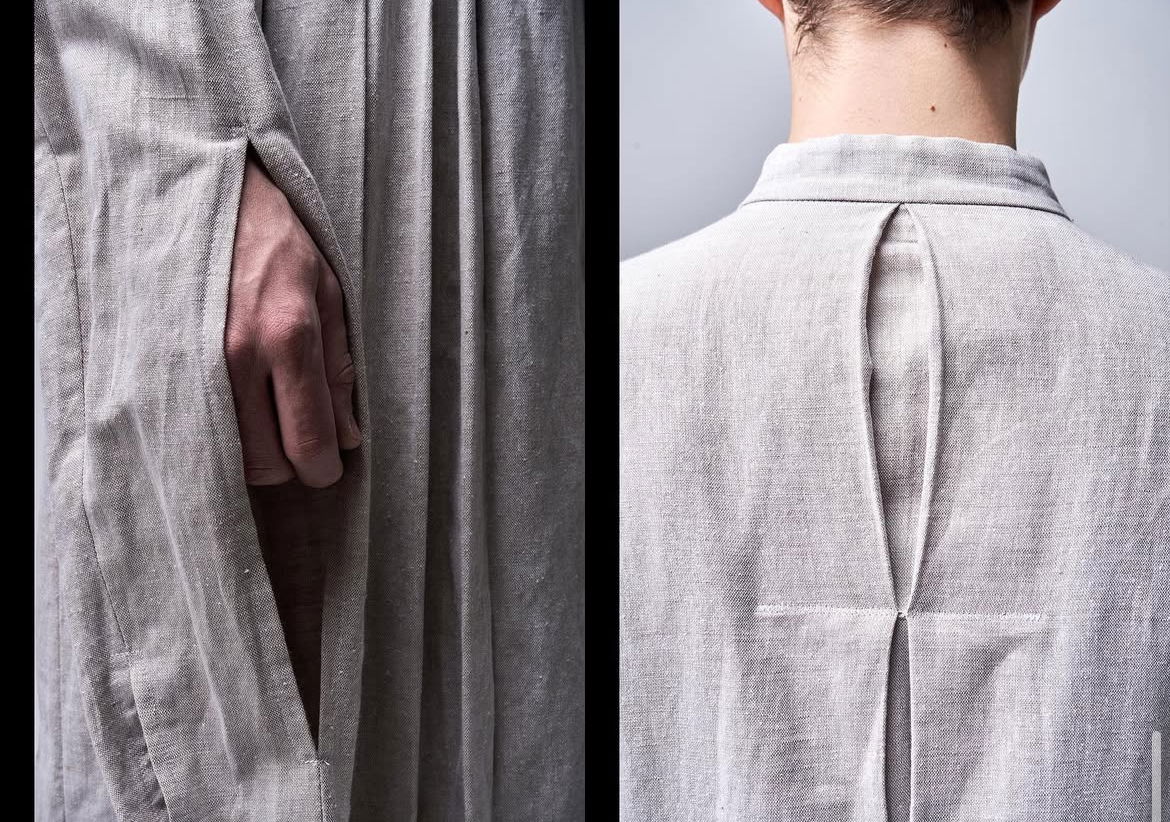
Born from the impossibility of separating from endless shadows, from the denial of external and internal conflict.
Orphan marked the first conscious step toward acknowledging deformity, otherness, and abandonment. A manifesto of unappeased hunger, of auto-cannibalism, of a creature with ever-growing teeth and no purpose. Not warrior, not child — a mutant of desire without direction. The mouth as devouring call, the teeth as eternal growth without use. This collection confronted monstrosity directly, affirming it as truth of existence.
IDIOCY (2020)
The next stage — the sacralization of deformity.
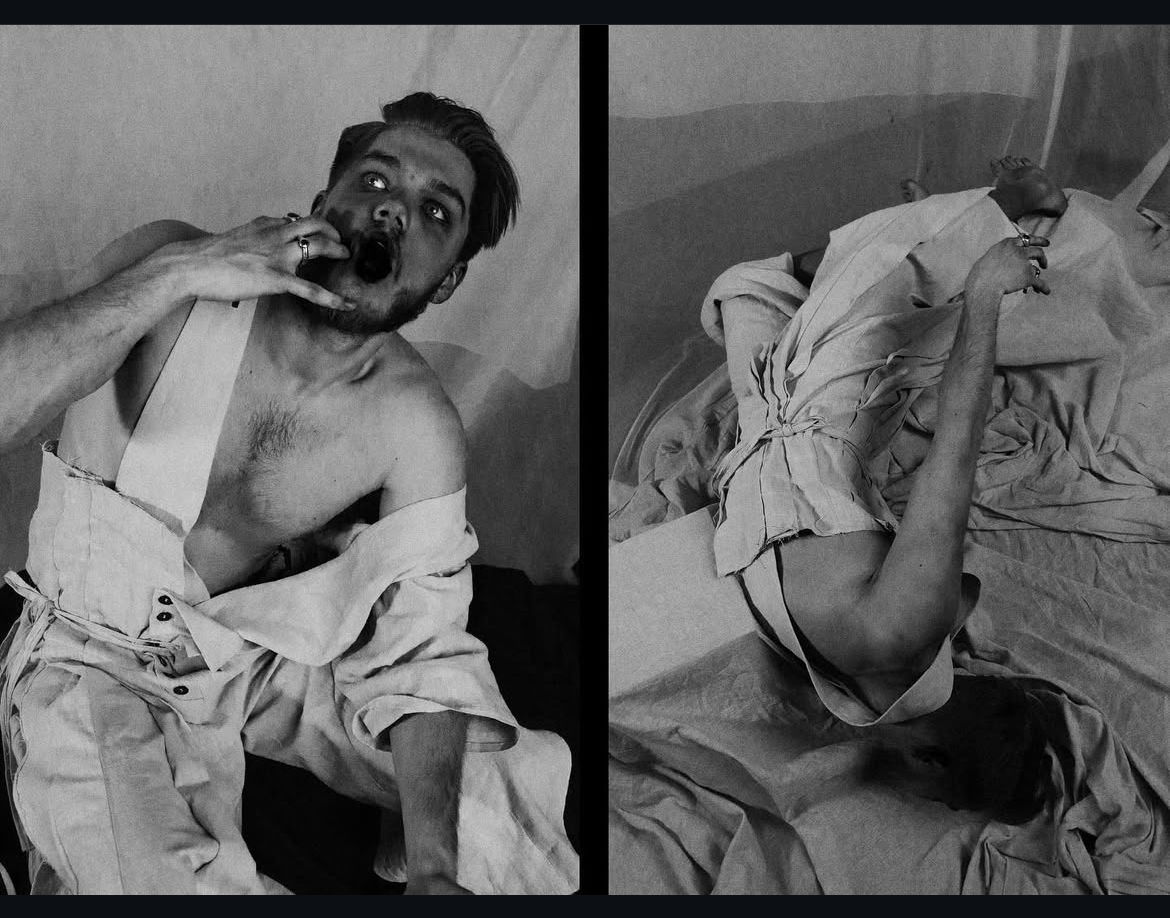
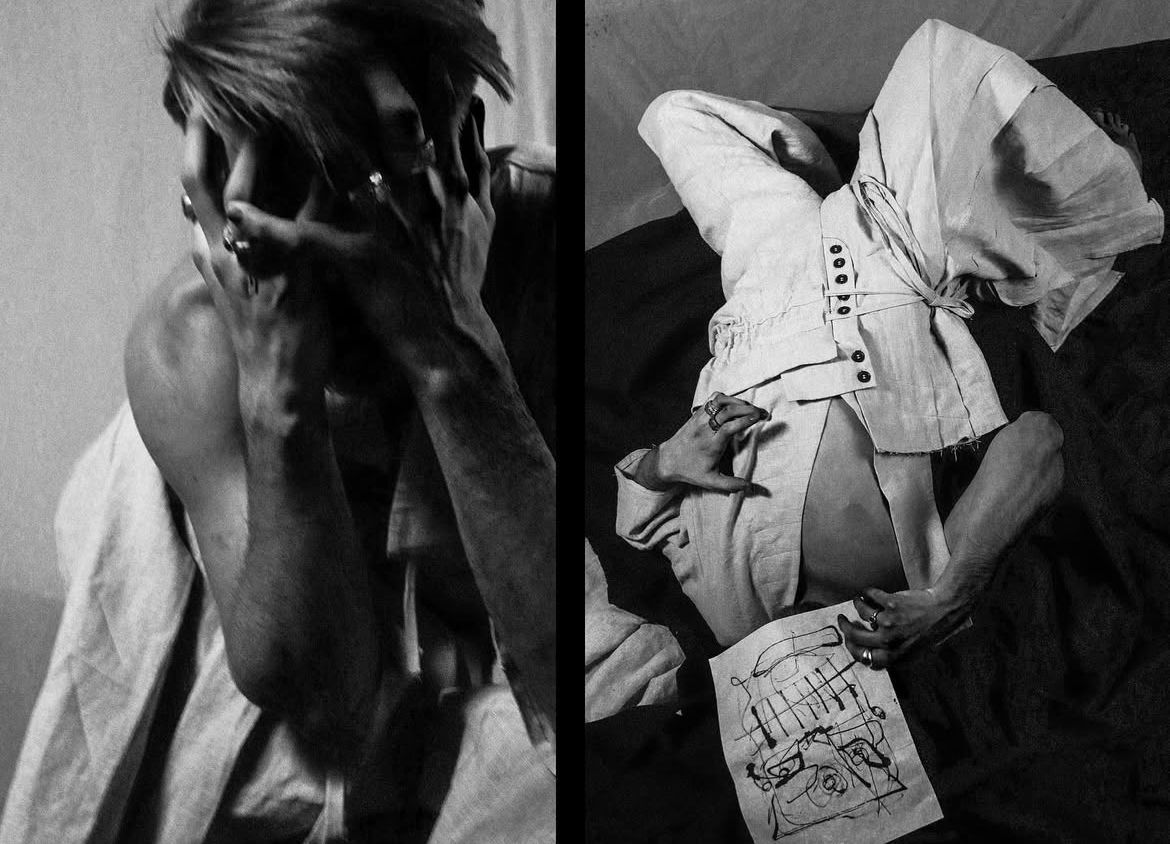
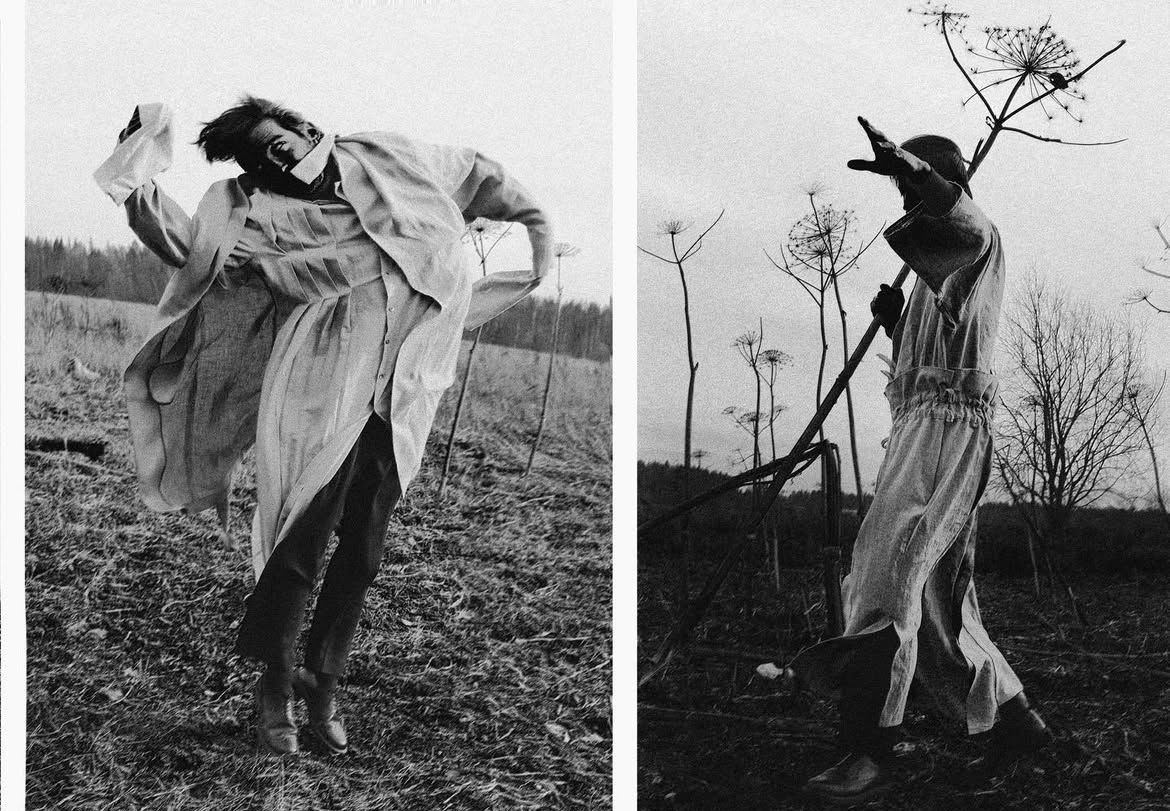
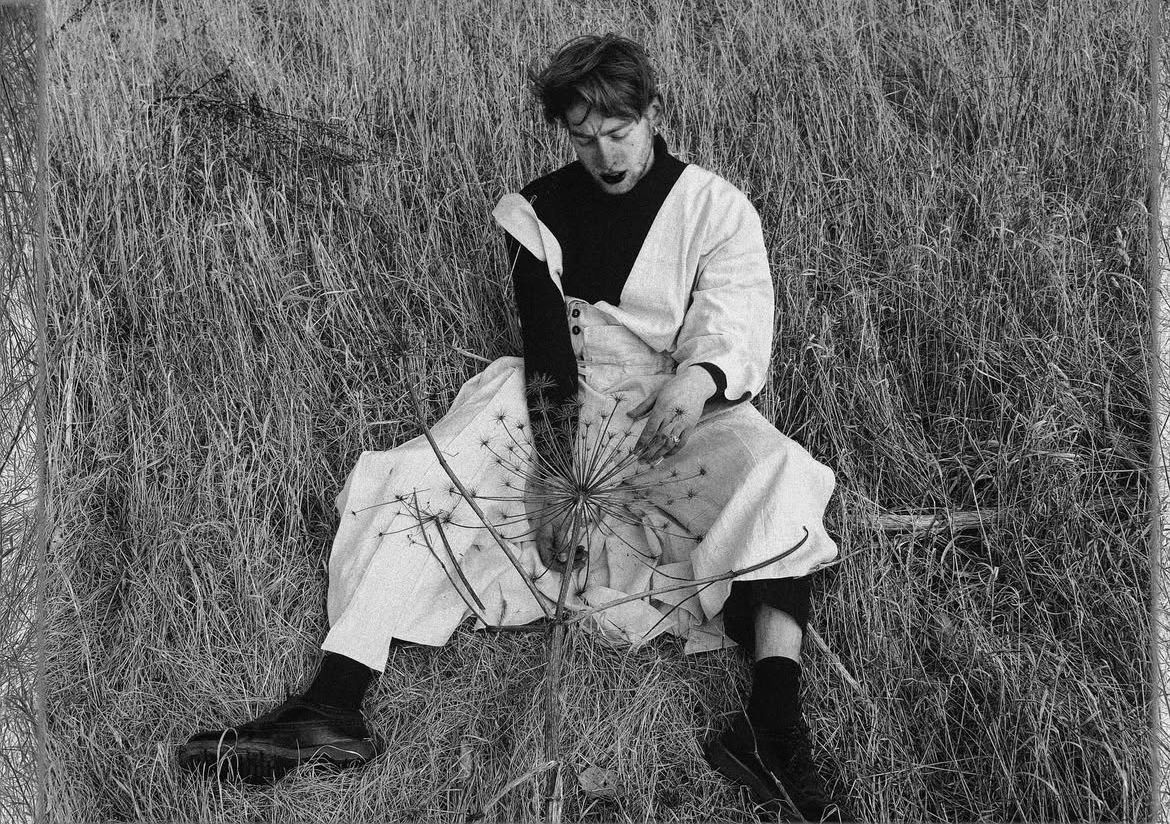
Where incoherent resistance became ritual, convulsions of pain turned into a sacred dance at the temple threshold. The grotesque figure became an oracle: idiocy elevated into sacred language. Within the temple space, monstrosity was transcribed into ritual, allowing the body to function, to prepare for transcendence, to overcome the orphan state.
OGDOADA (2021 → current)
The culmination of the cycle — a return to origin, to the mythic cradle of chaos.
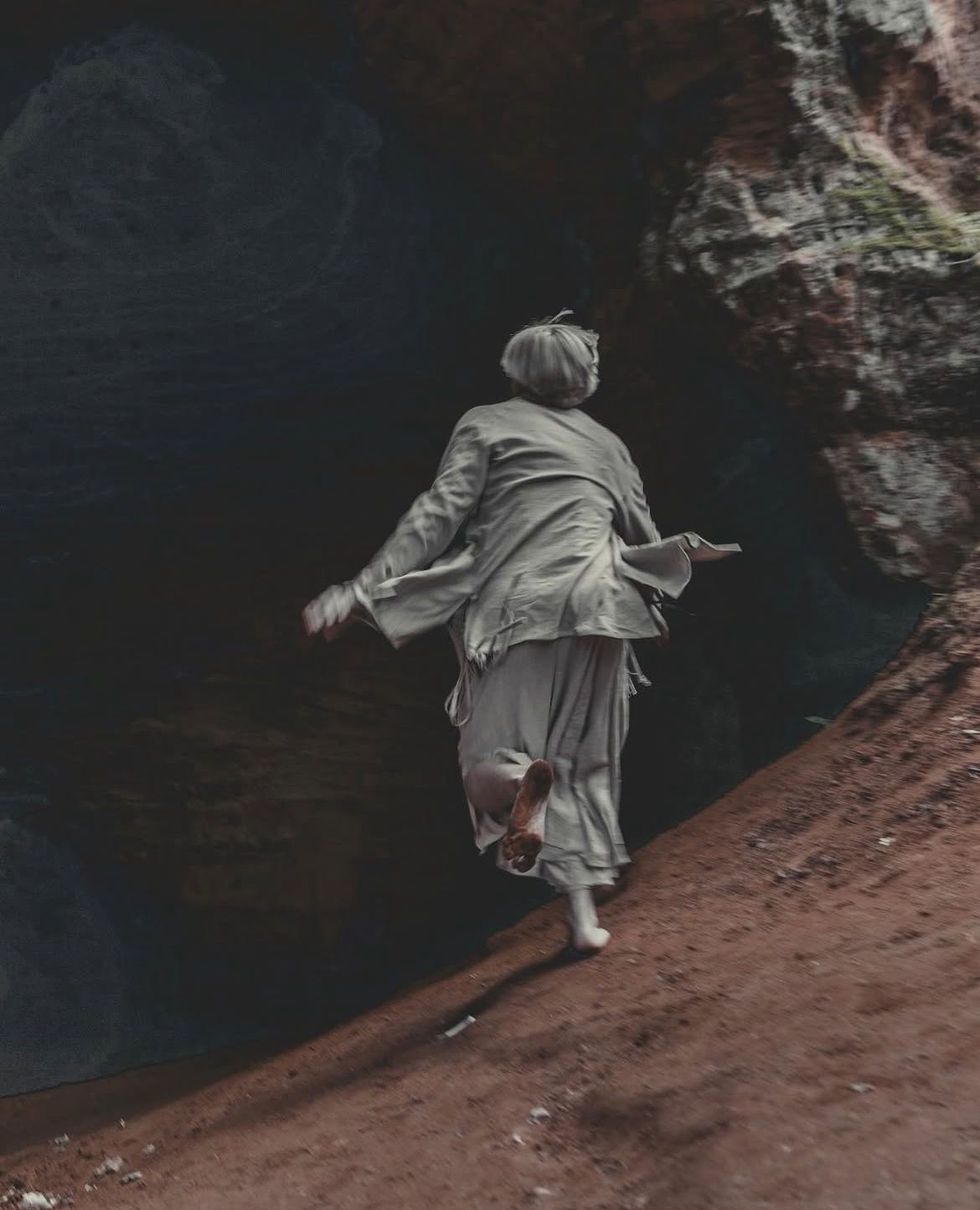
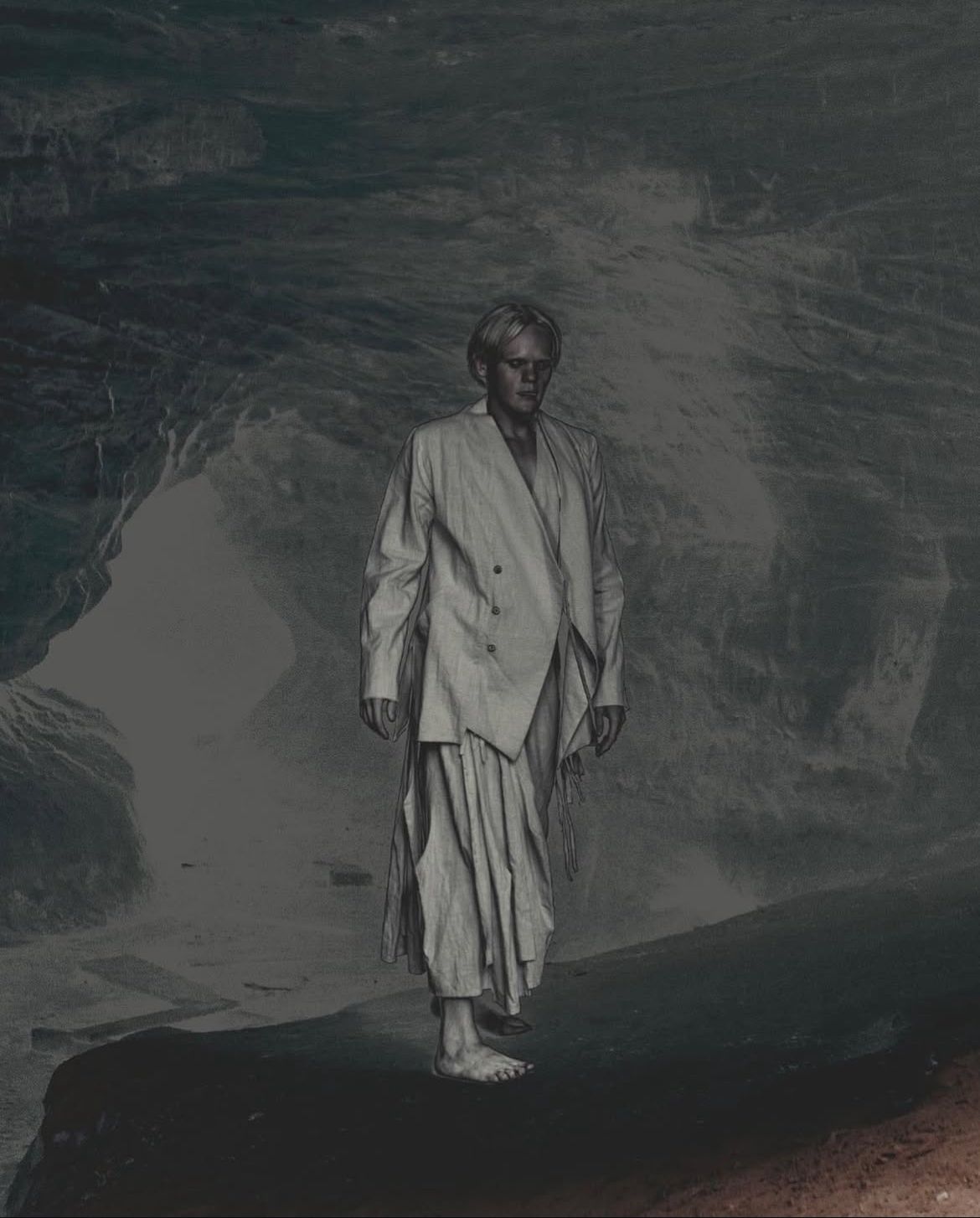
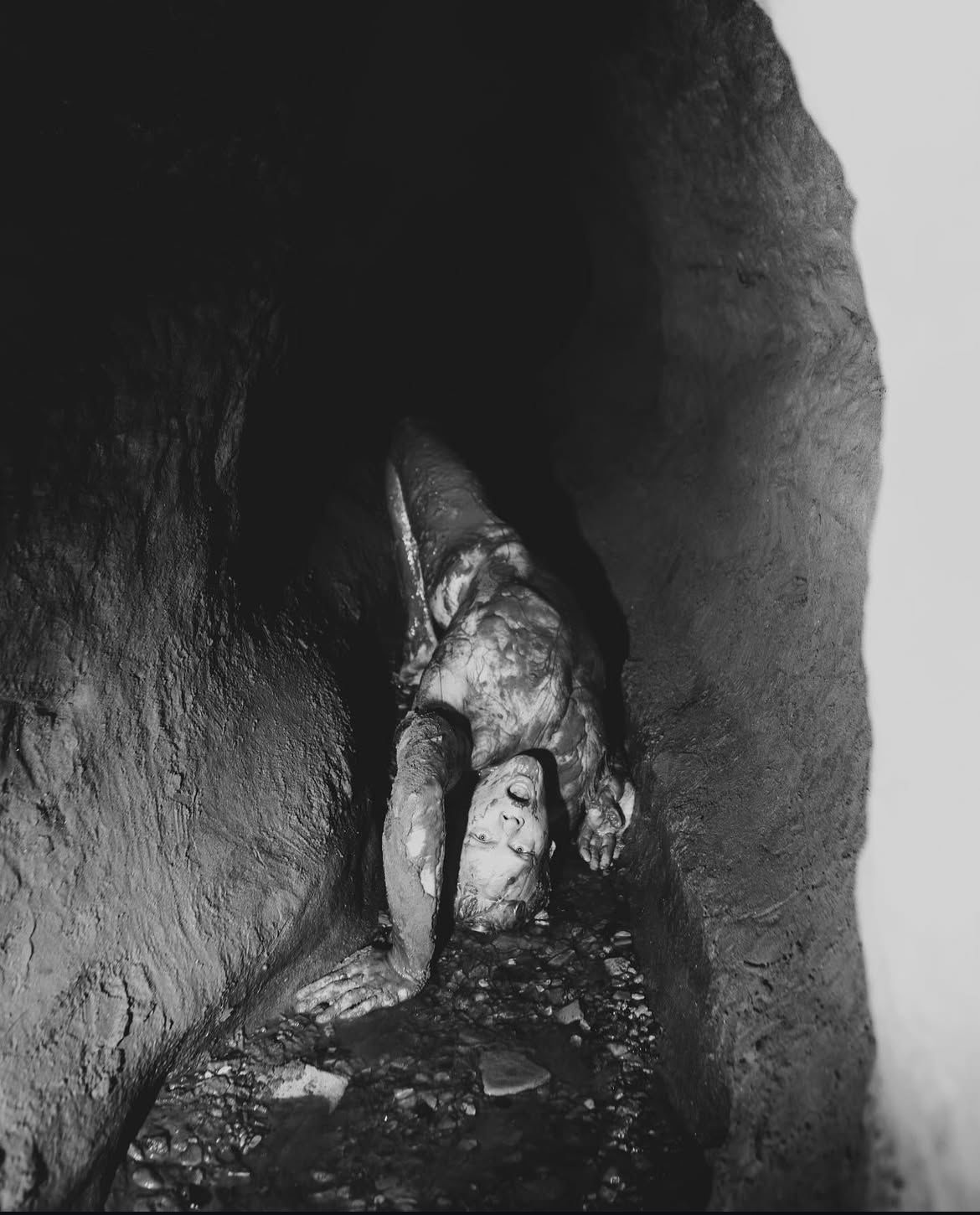
Drawing on Egyptian cosmology, Ogdoada references the eight primordial gods of Hermopolis: amphibians and serpents who hold pre-creation waters. From their union arises the Island of Flame, the first land illuminated by the sun. The collection employs asymmetrical silhouettes and monumental geometries, echoing the ruins of hypostyle halls and temple plans. Colors mark mythic episodes: iron-red garments recalling the fiery lotus of the sun’s birth; black linen honoring Egypt’s ancient ritual materiality; white as ascension, the blinding eye of the newborn god.
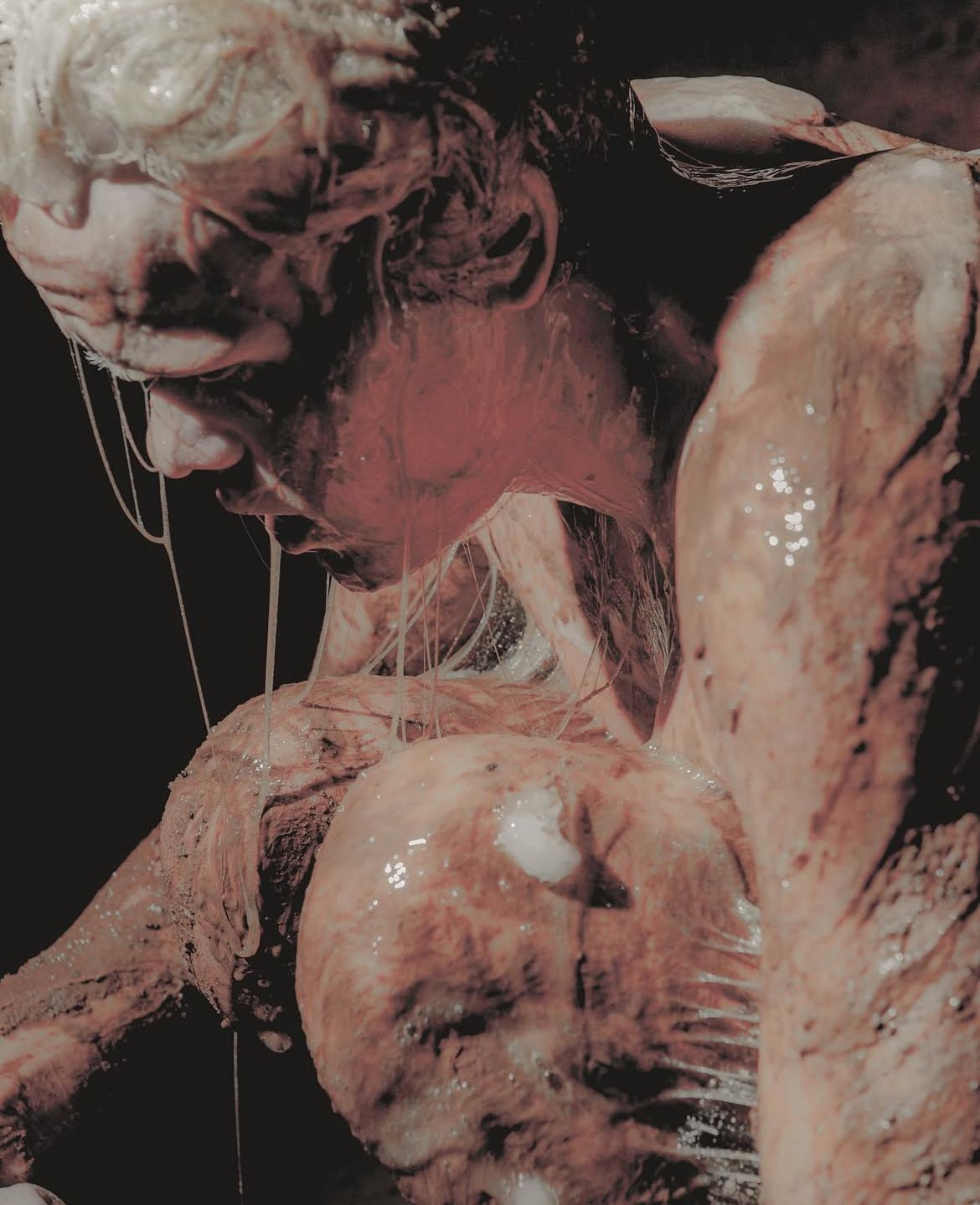
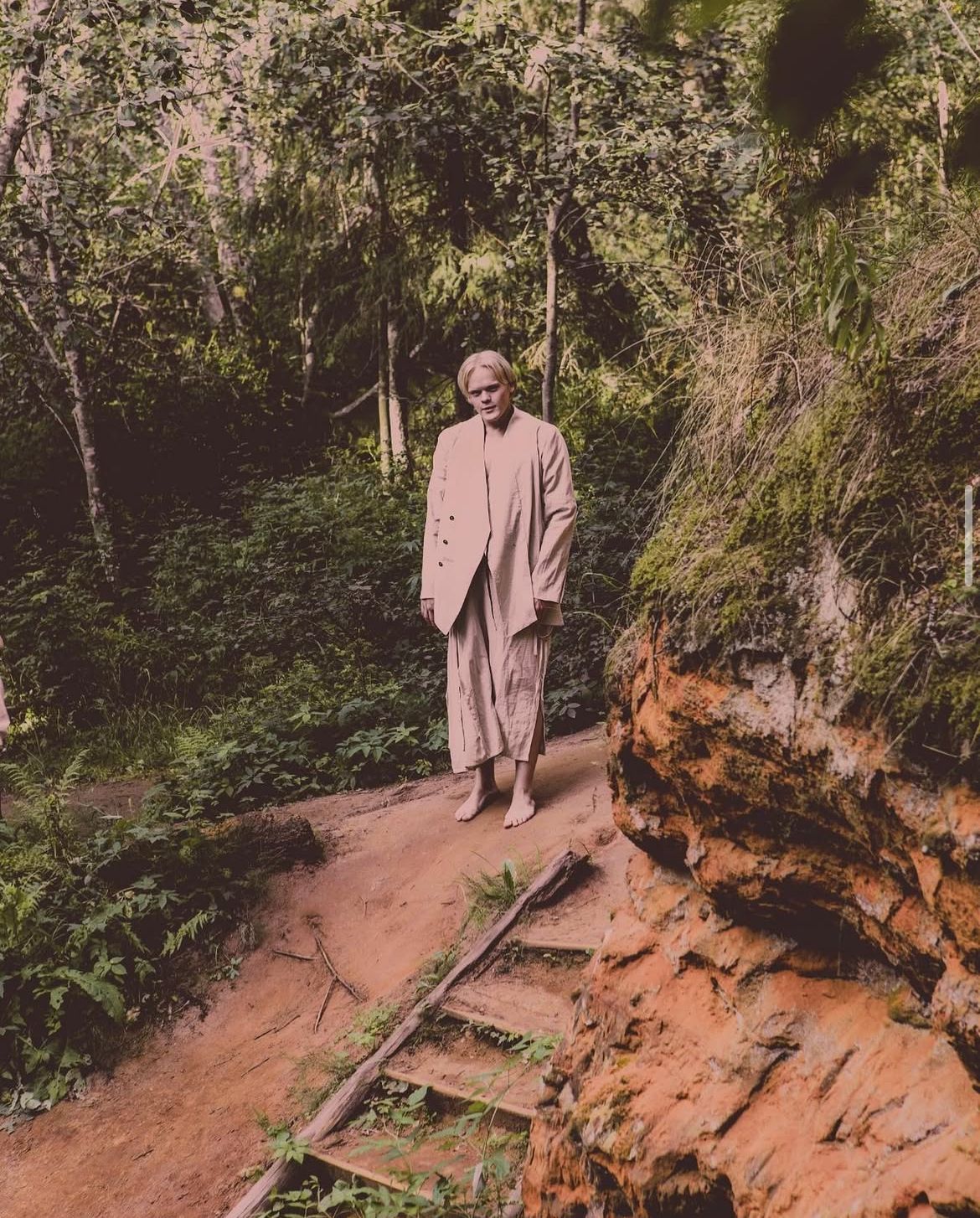
Ogdoada is the breath of the first horizon naming the world.
Retrospective Arc
From landscape and pastoral (Criptomeria) to first blood and aggression (Ecchymosis) to void and shadow (Void)to monstrosity and orphanhood (Orphan) to sacralization of deformity (Idiocy) and finally to primordial chaos as generative order (Ogdoada) — Nomad Goba developed a clear artistic identity rooted in metamorphosis, trauma, and myth.Each collection expanded the brand’s visual language and conceptual depth, affirming its place not only in avant-garde fashion but in the broader field of performance and art.
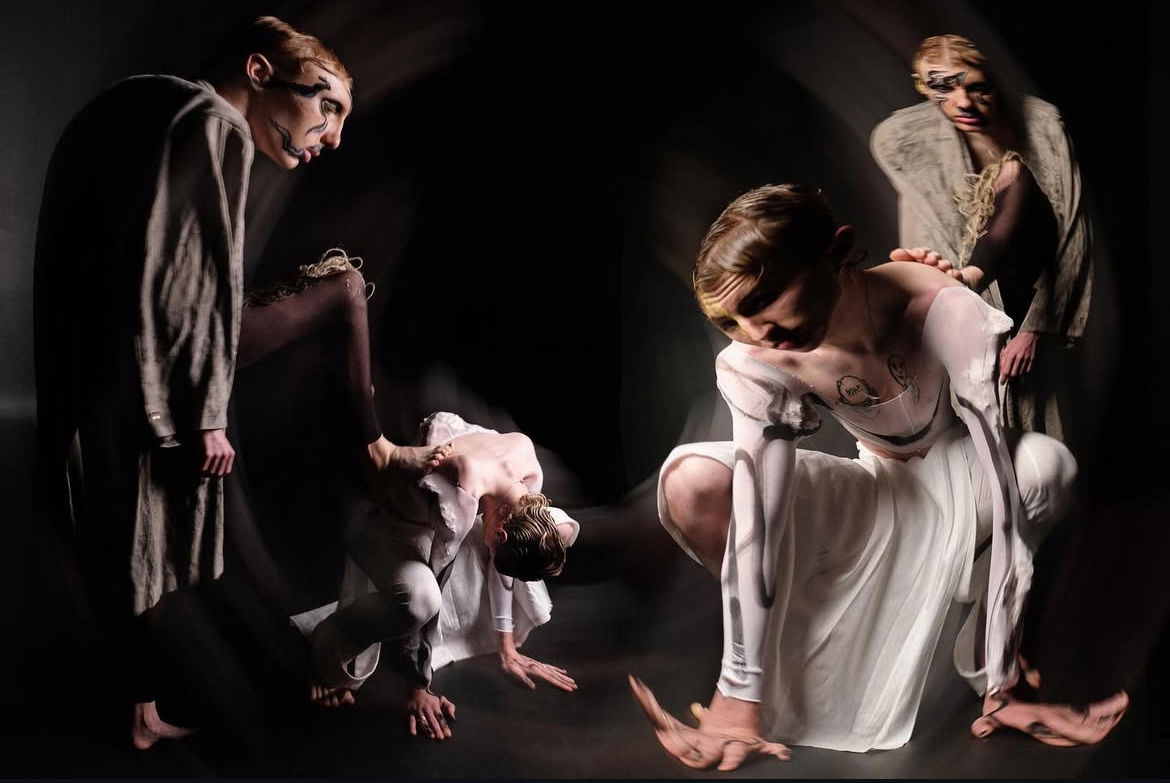
GOBA Gallery
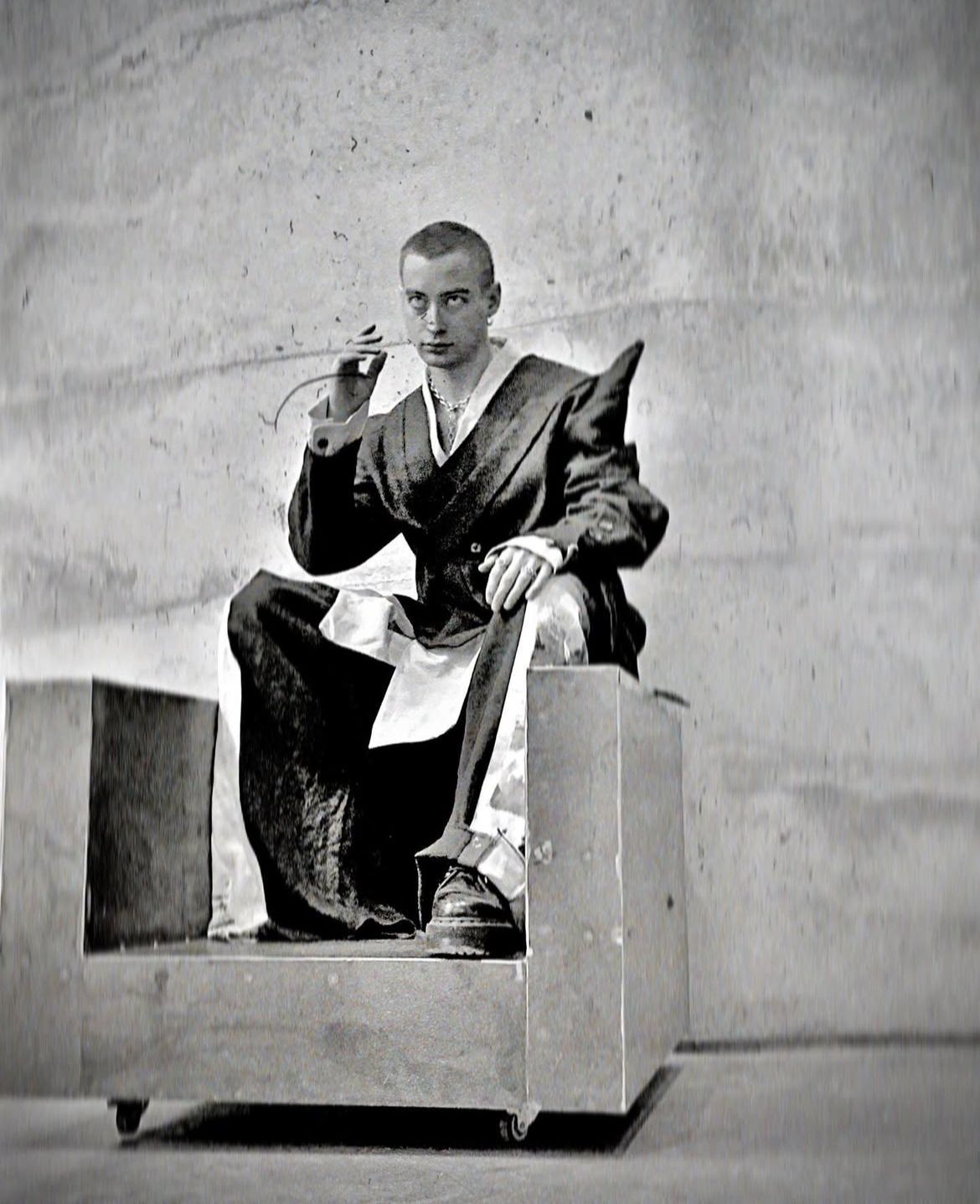
In November 2021, Nomad Goba opened GOBA Gallery inside the newly launched cultural hub Supermetall in Moscow — a project by the creators of Khlebozavod №9 and the Brusov Ship art cluster. For the first time, all directions of the brand’s activity were brought together in one physical space: clothing, perfumery, visual art, performance, and media projects.
The gallery functioned as both a showroom and an open workshop, where visitors could observe the process of creation, commission bespoke perfumes, and engage with experimental exhibitions. During the first months of the war and the final months of its existence, the gallery became a site for underground perform ances and experimental interventions. These acts, often carried out in a state of urgency and defiance, turned GOBA Gallery into a shelter for artistic dissent, a space where ritual, performance, and community took place.
